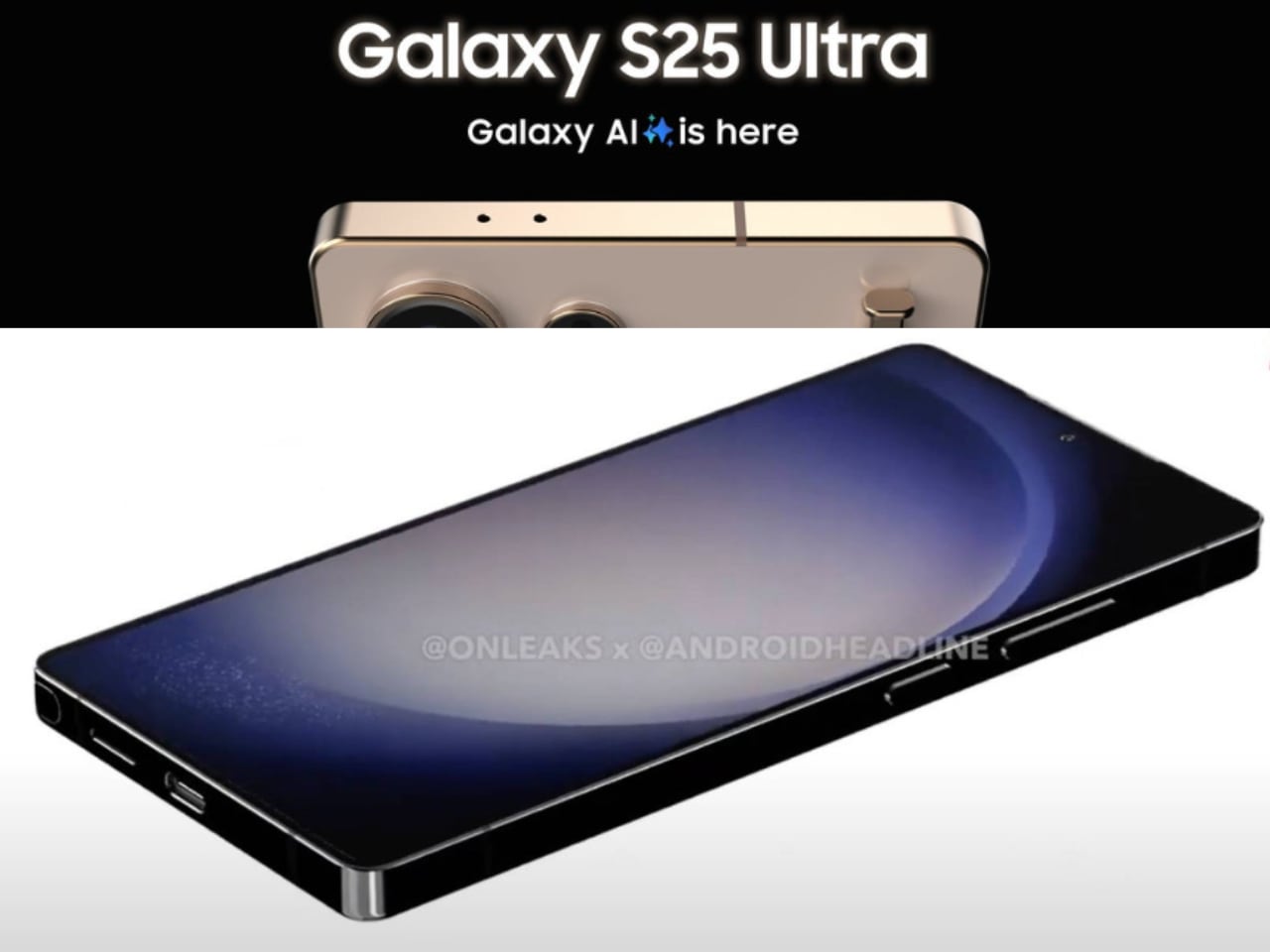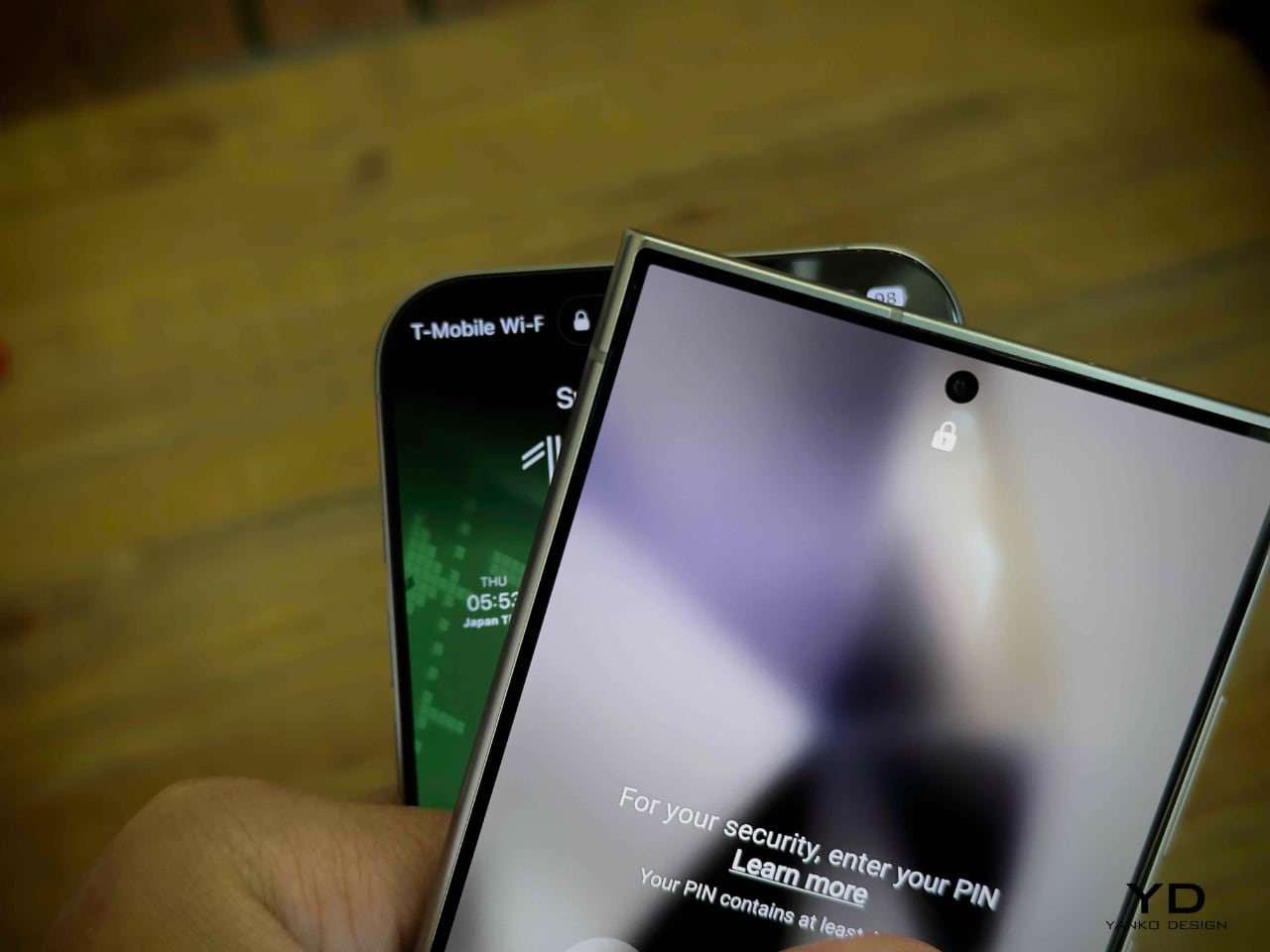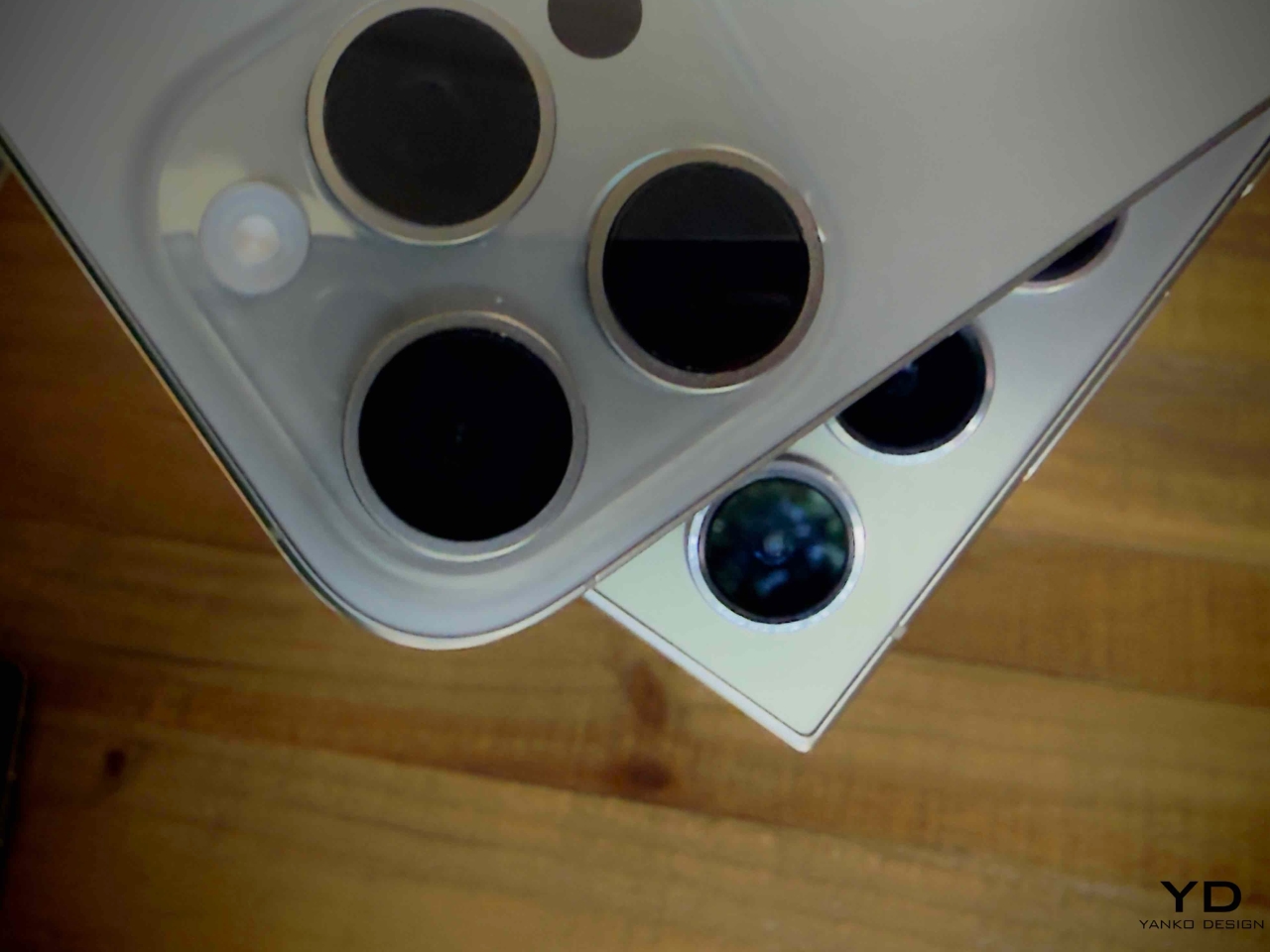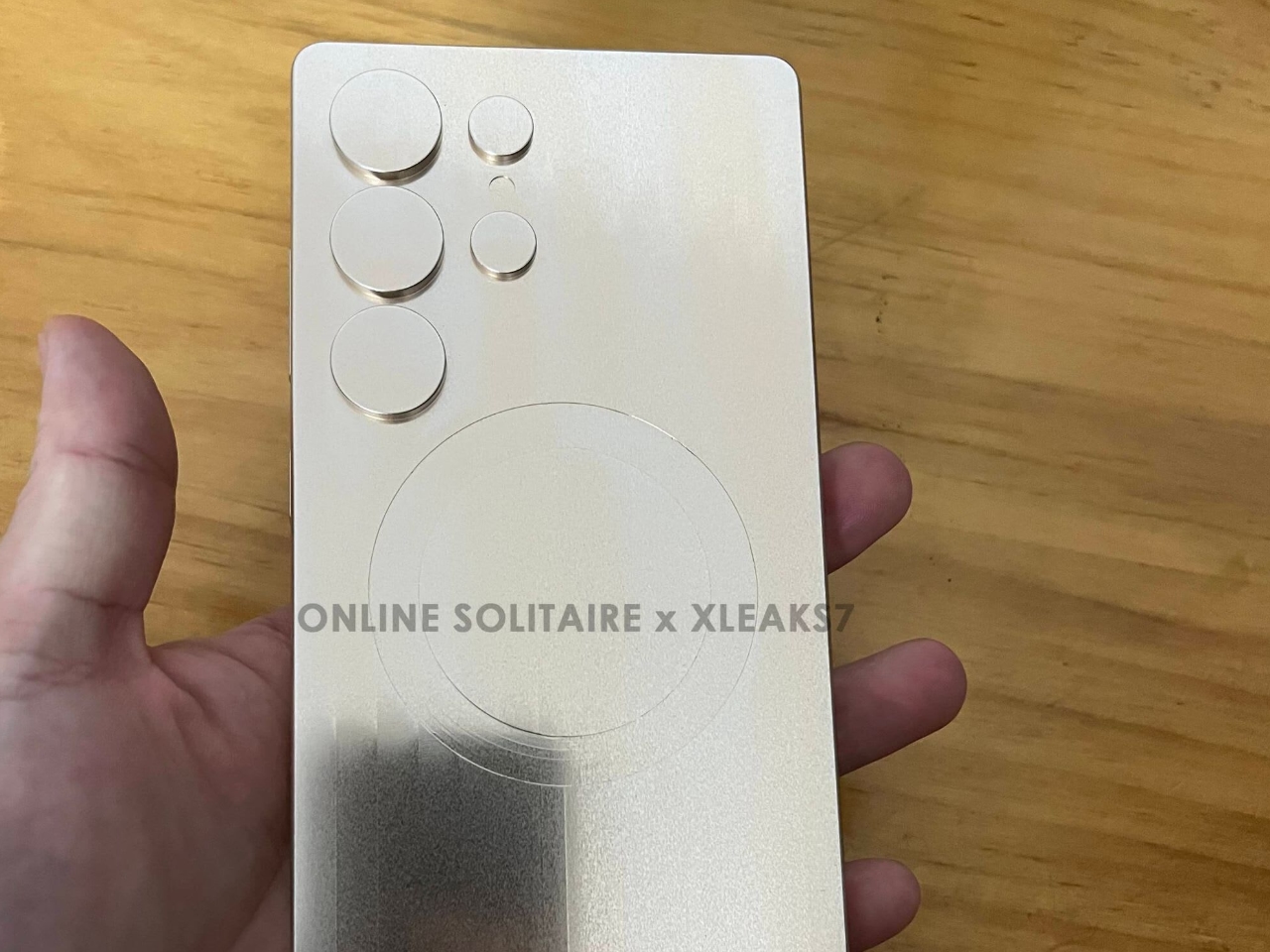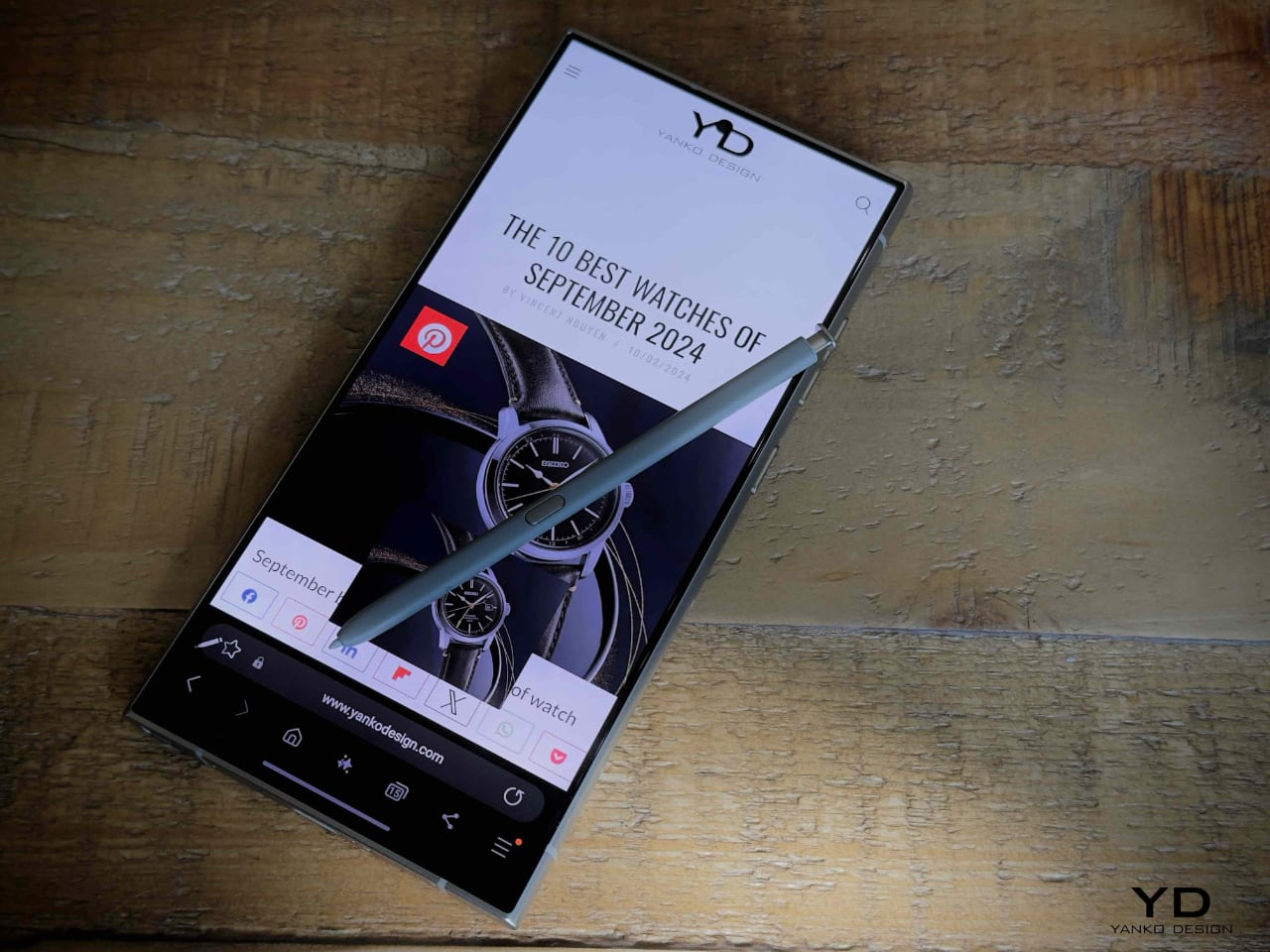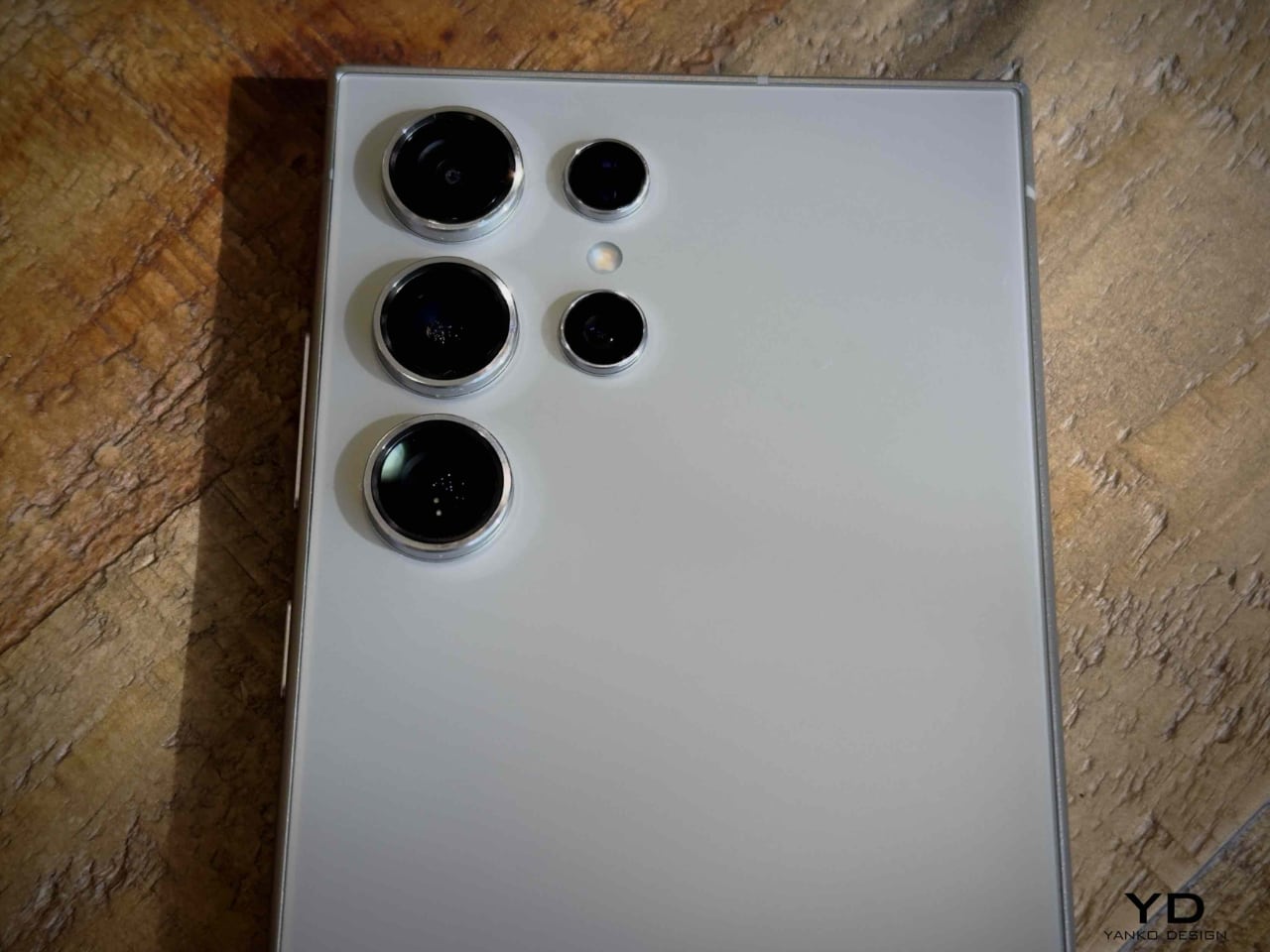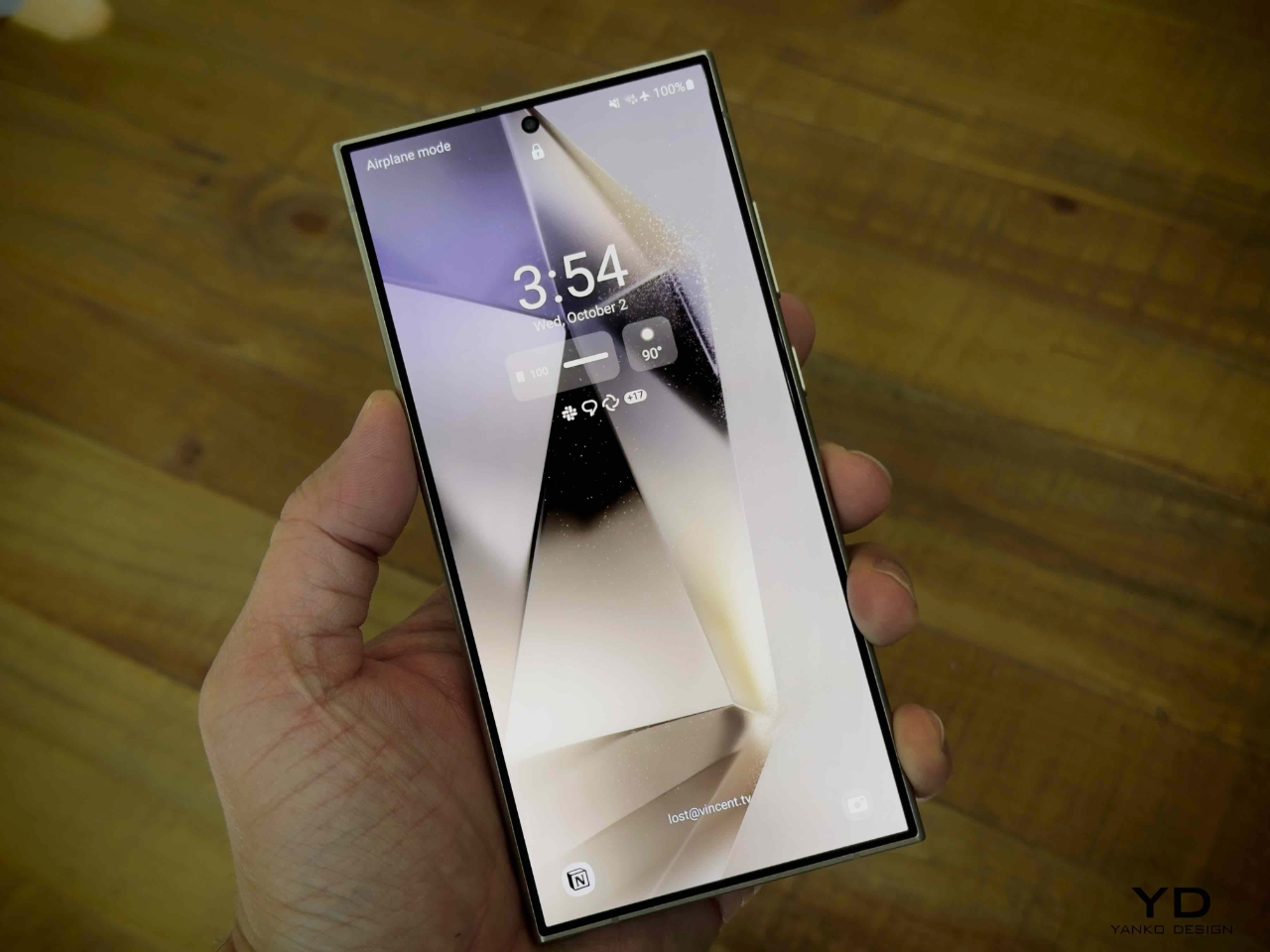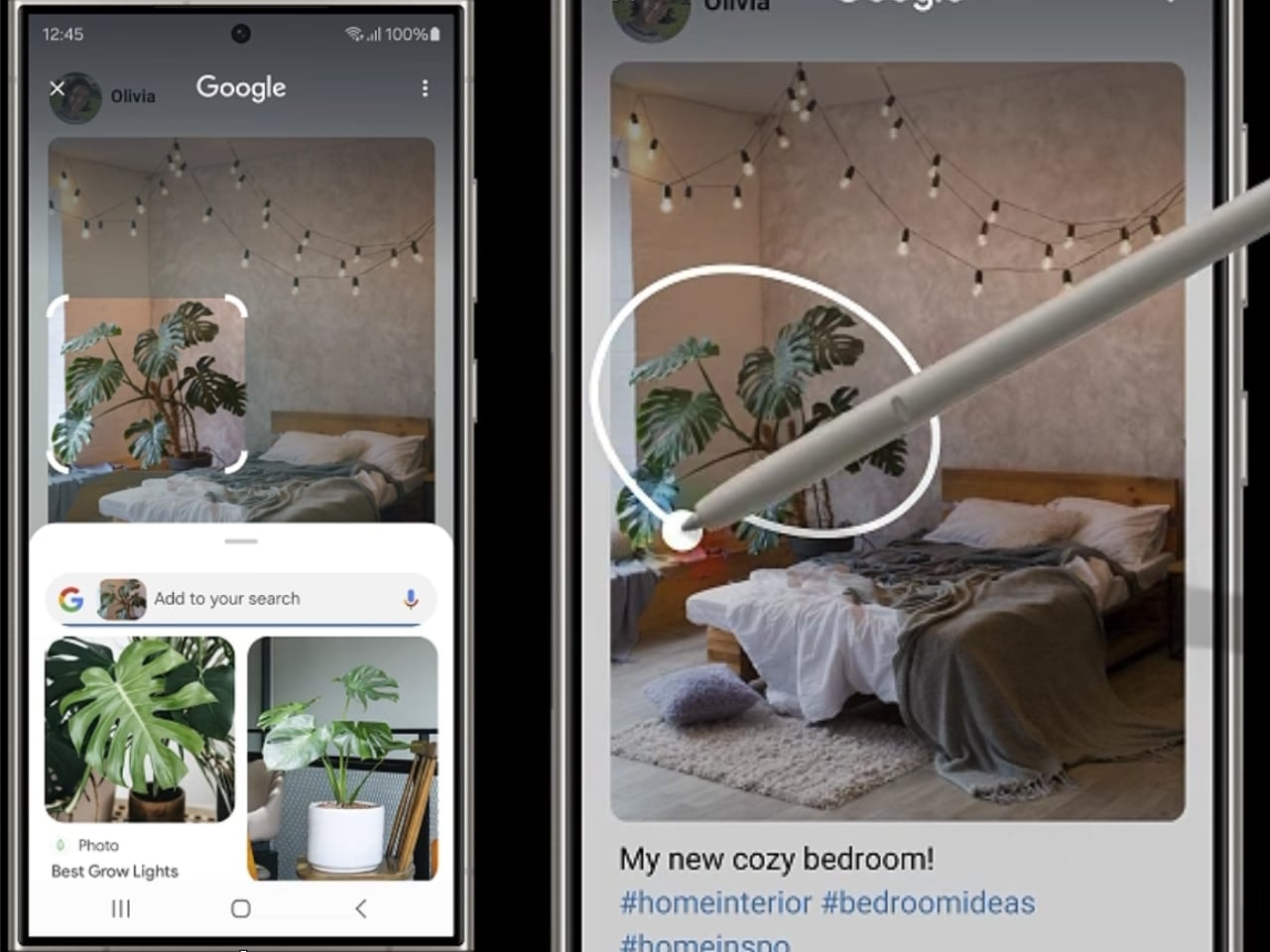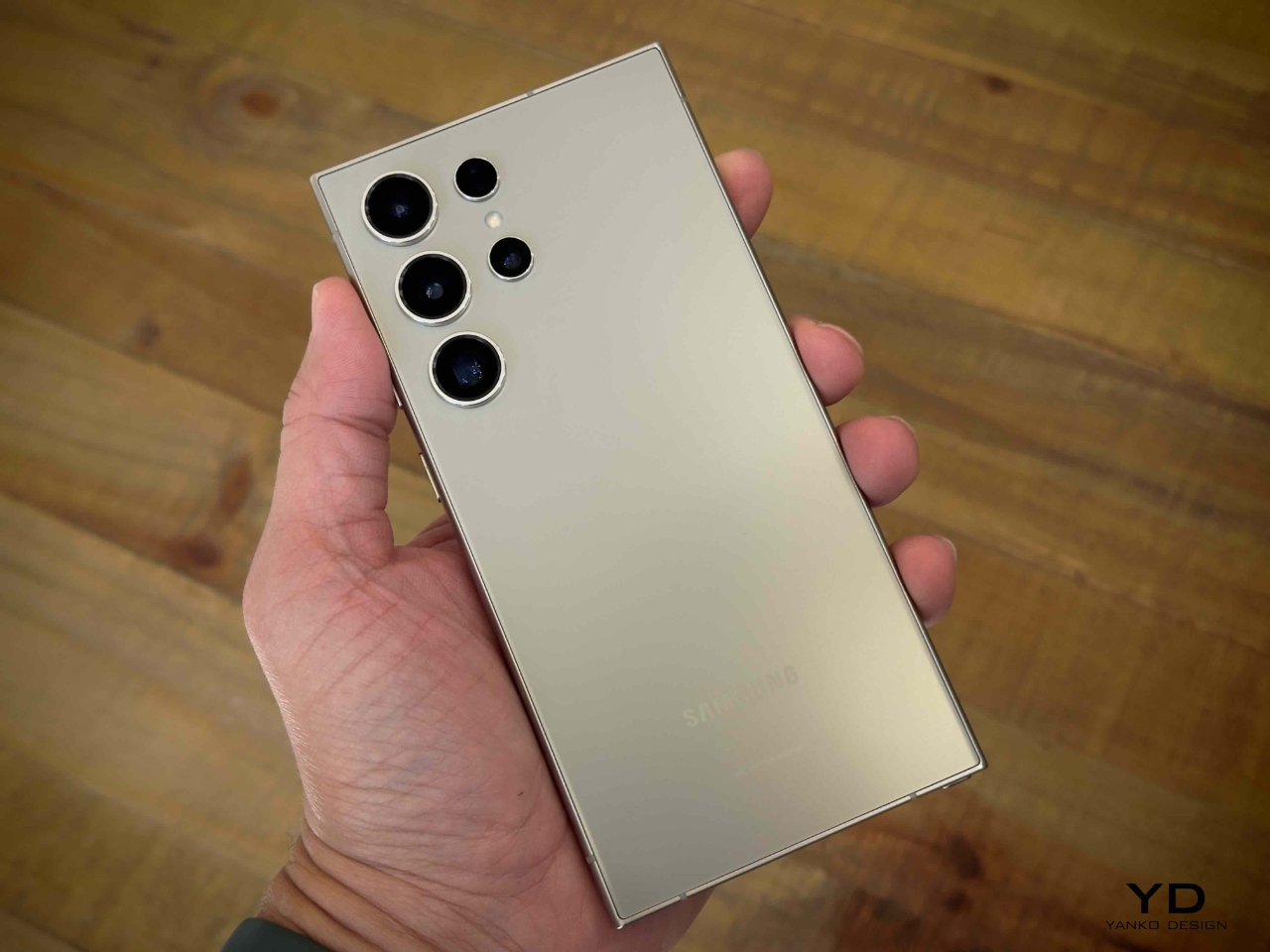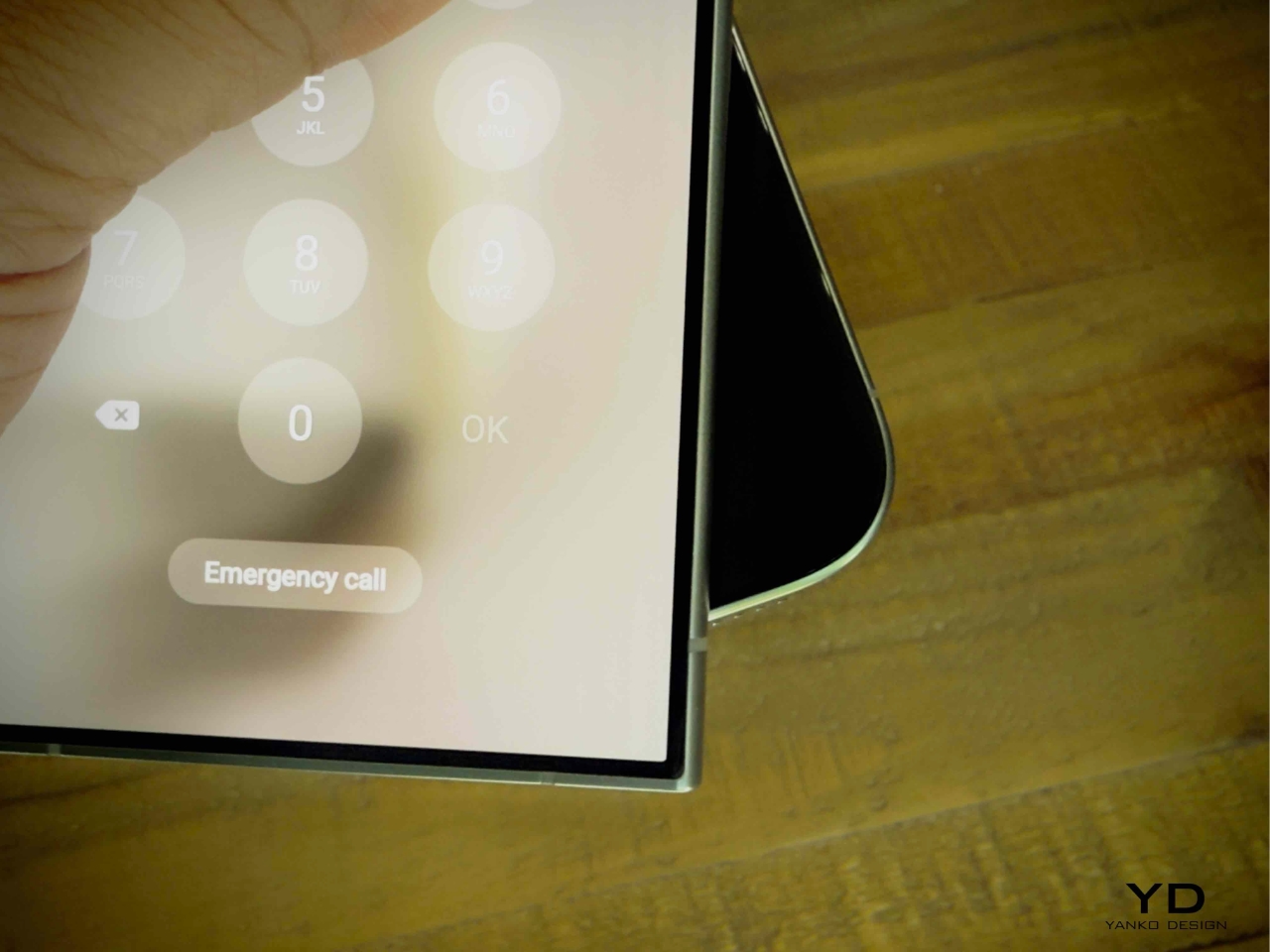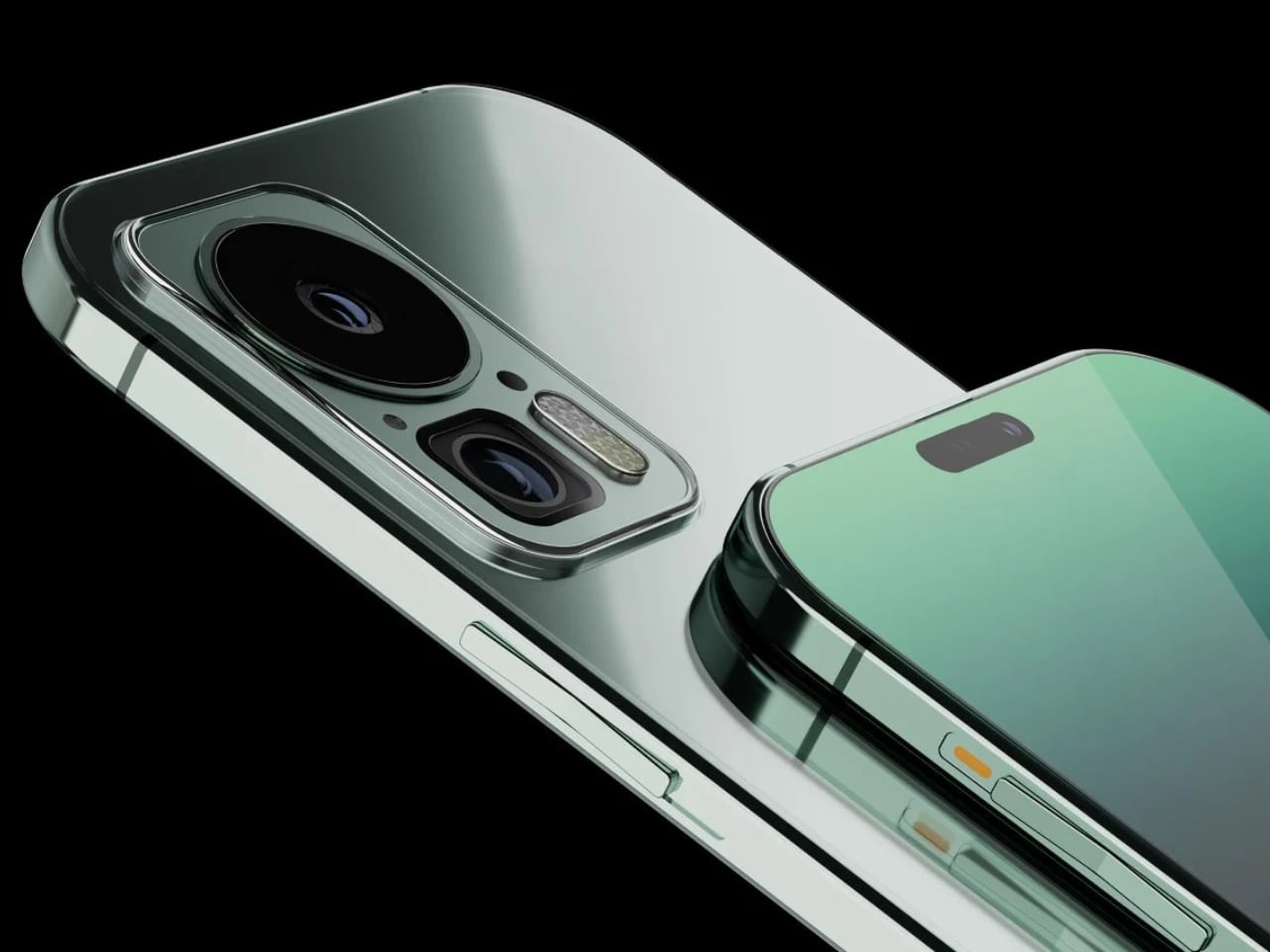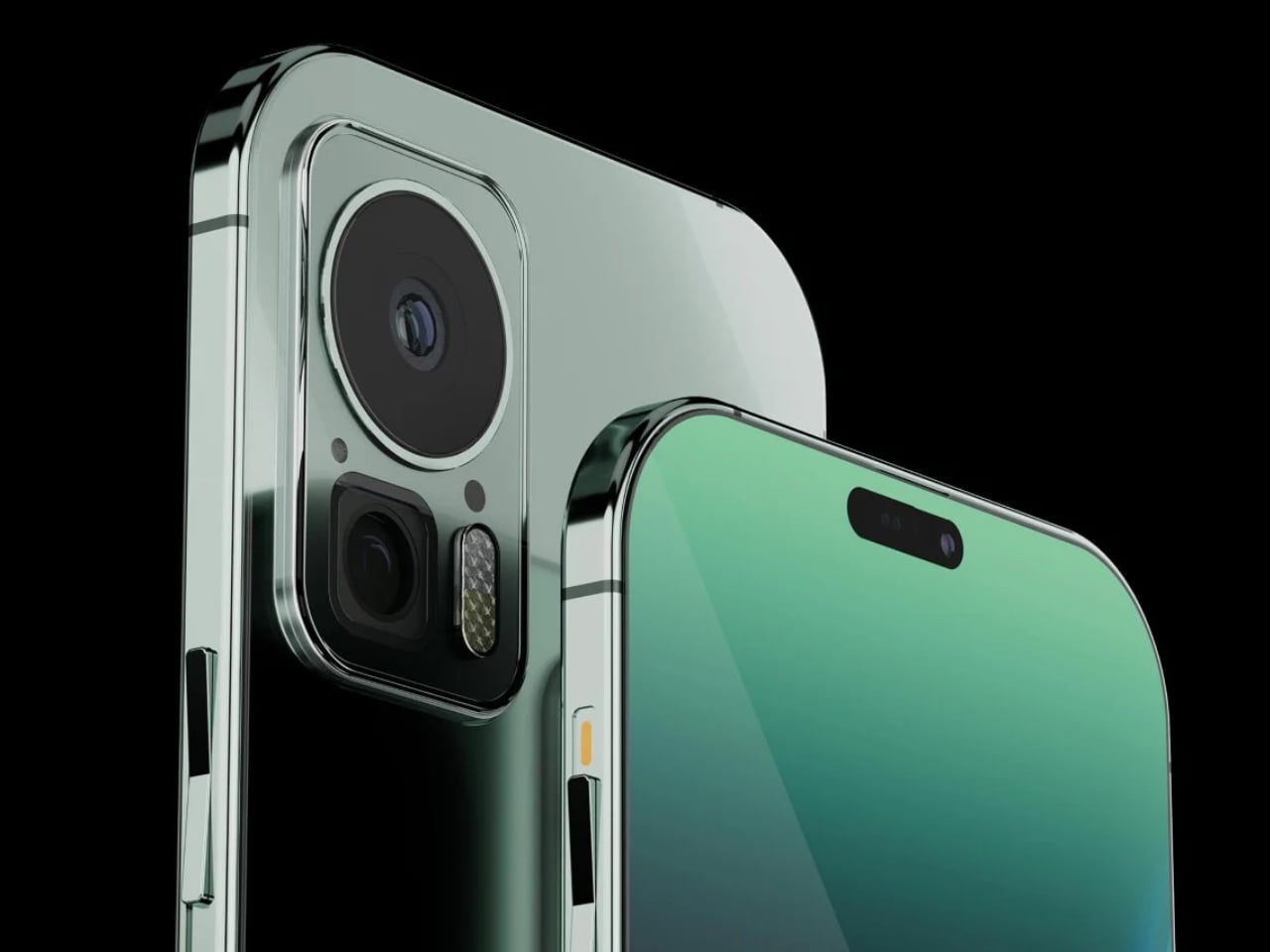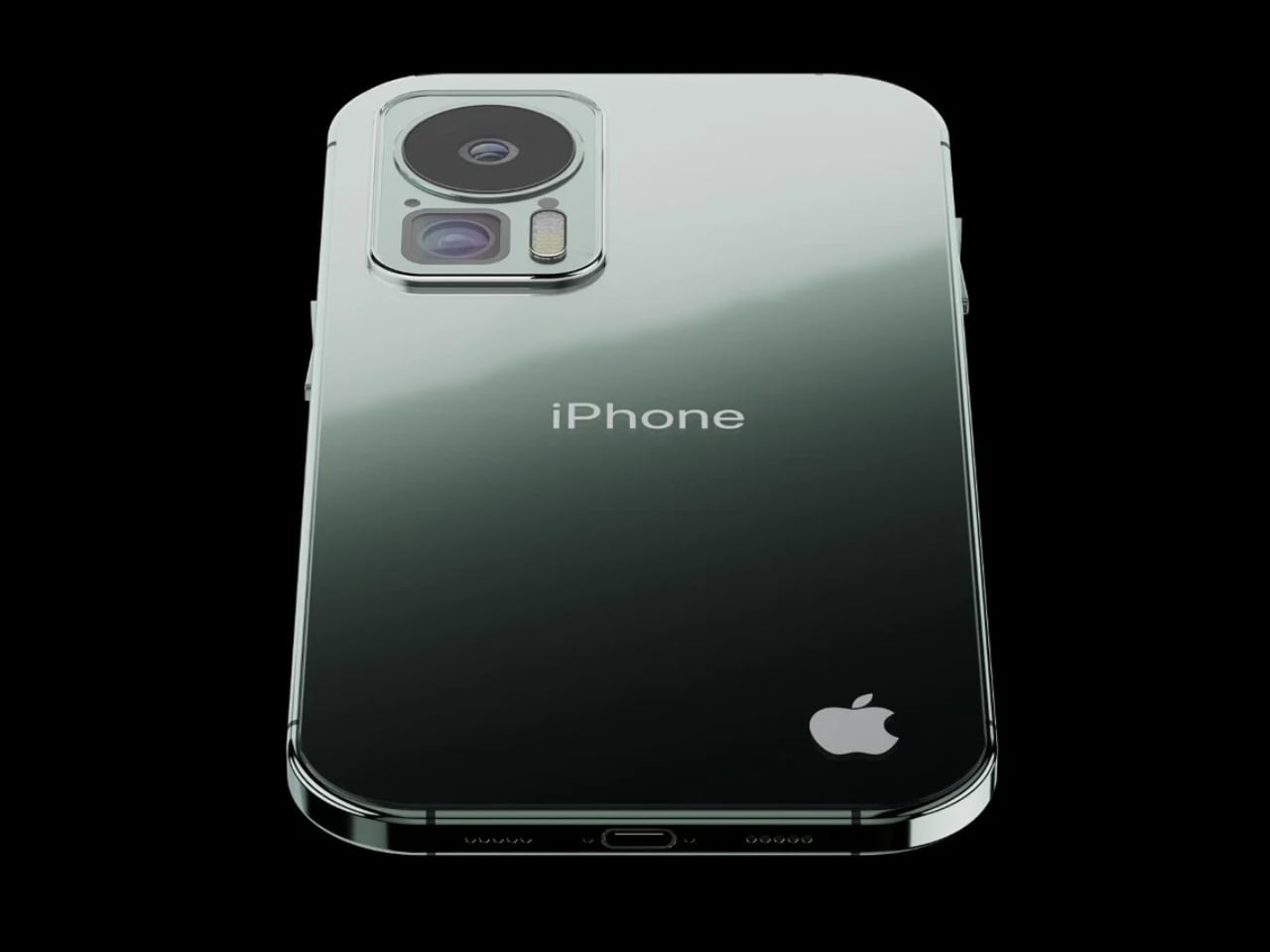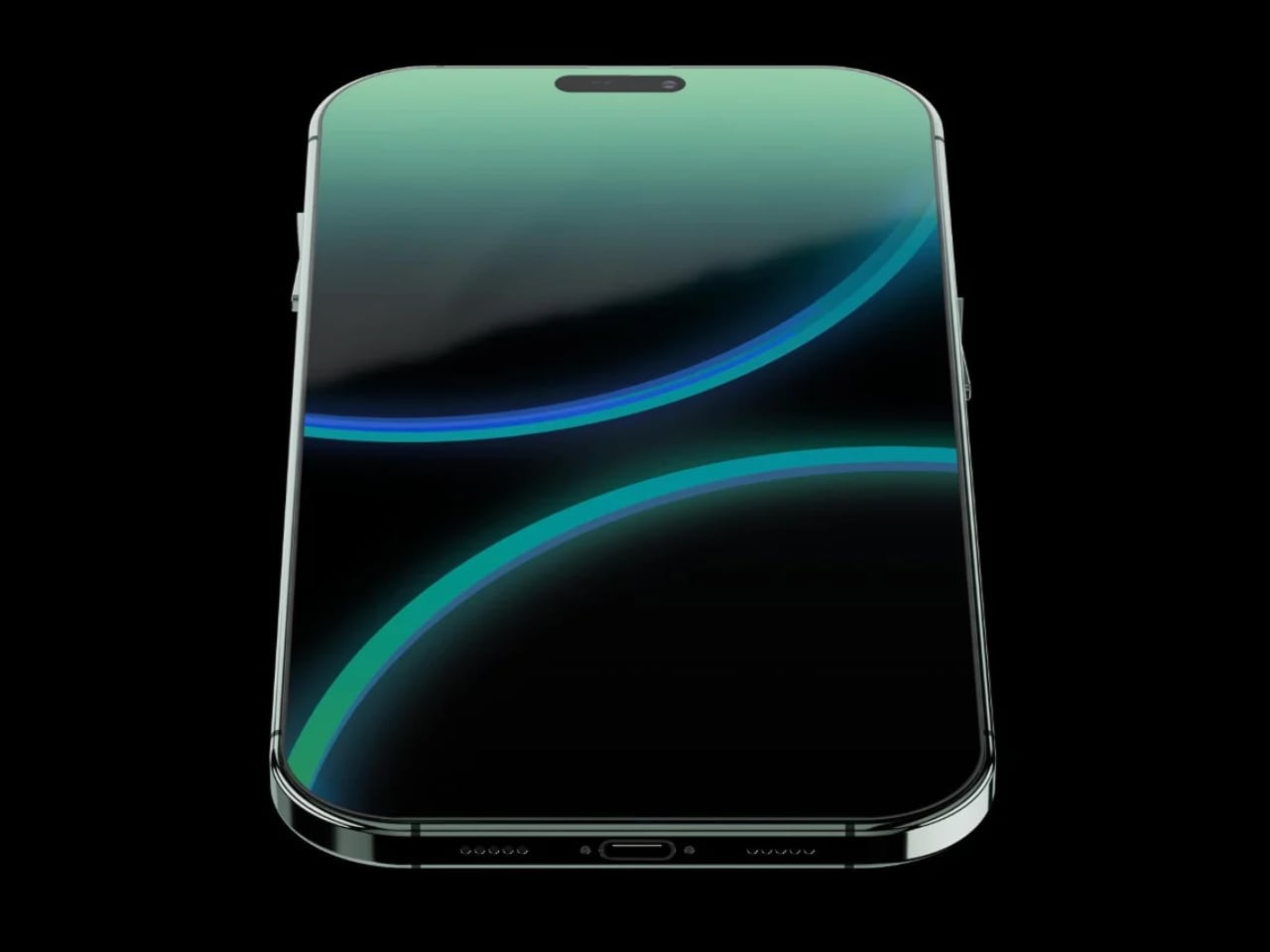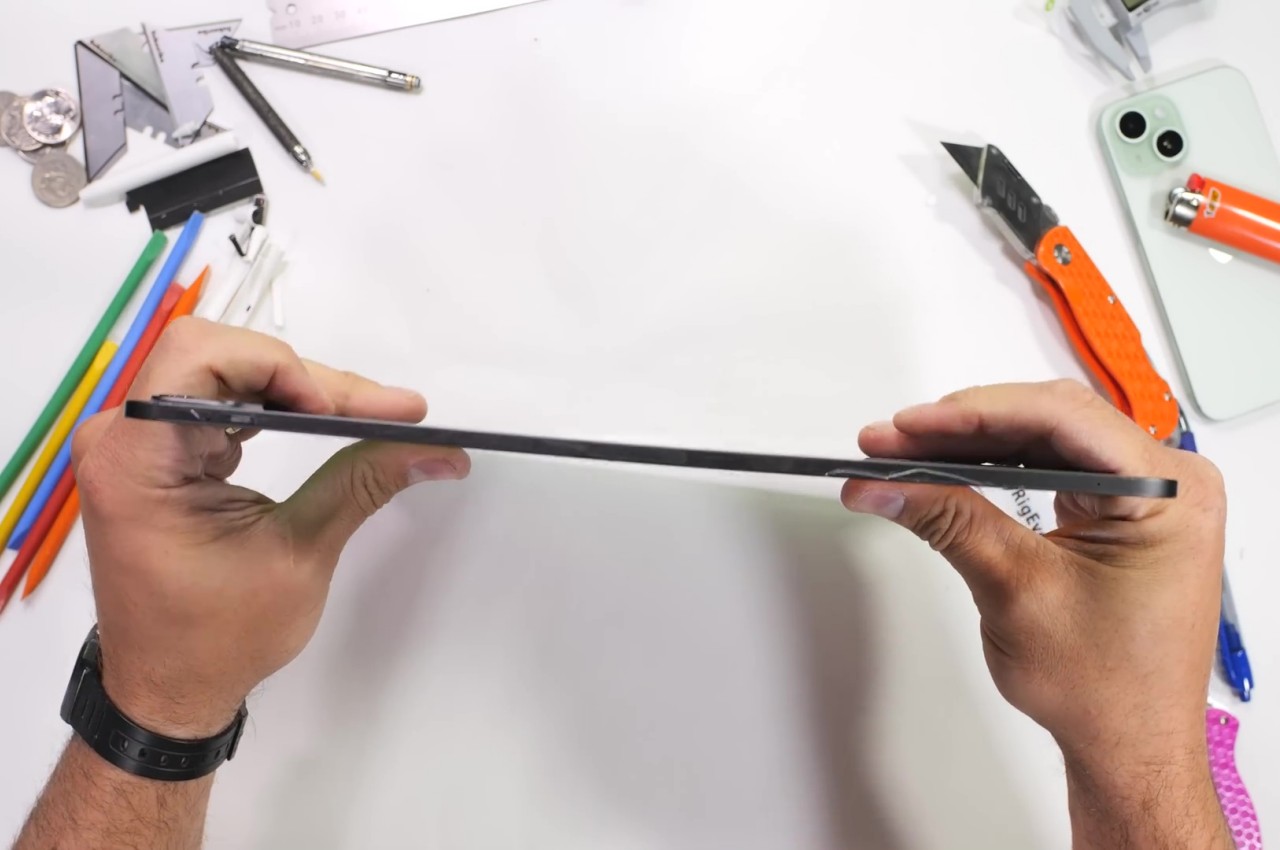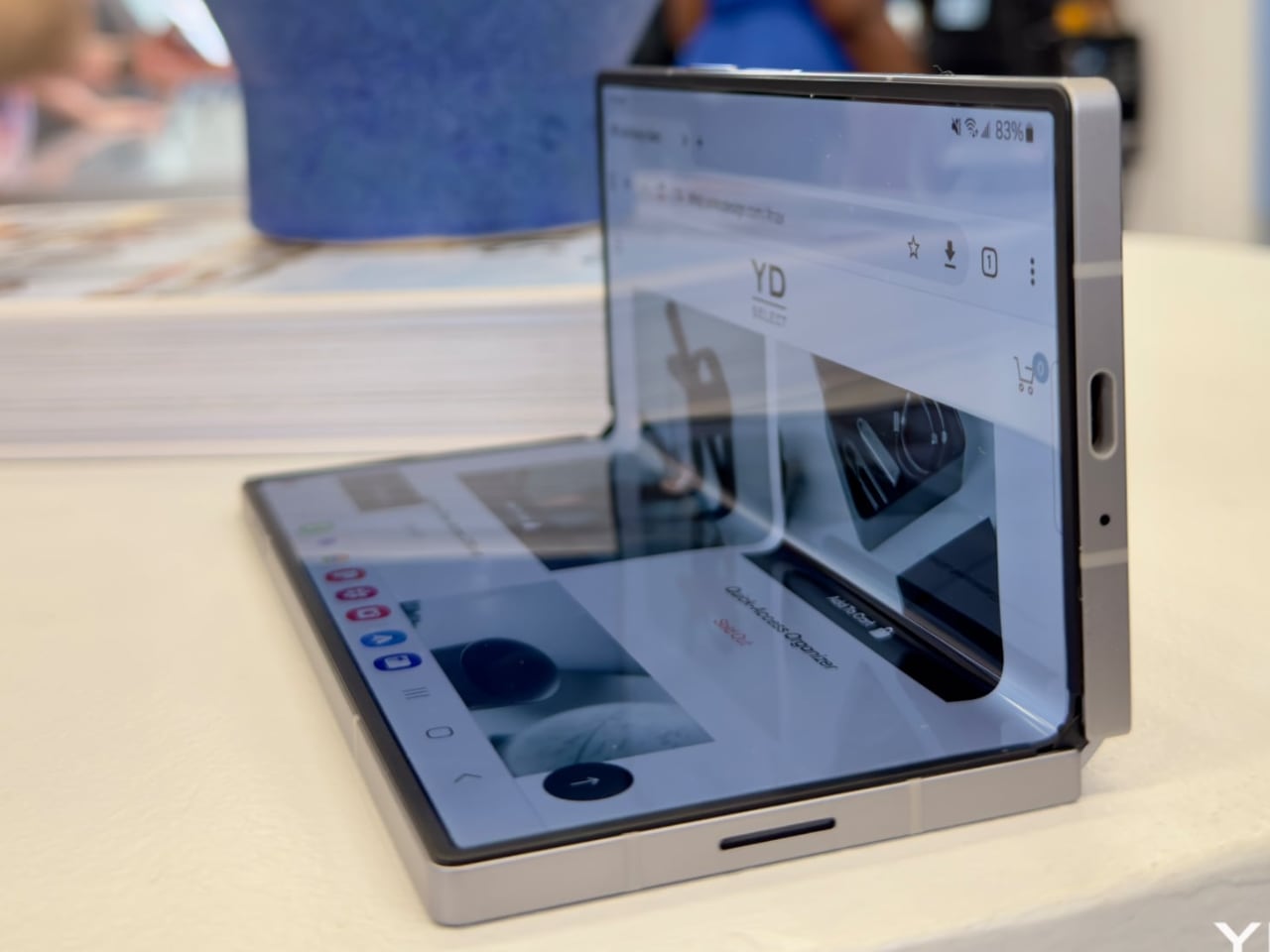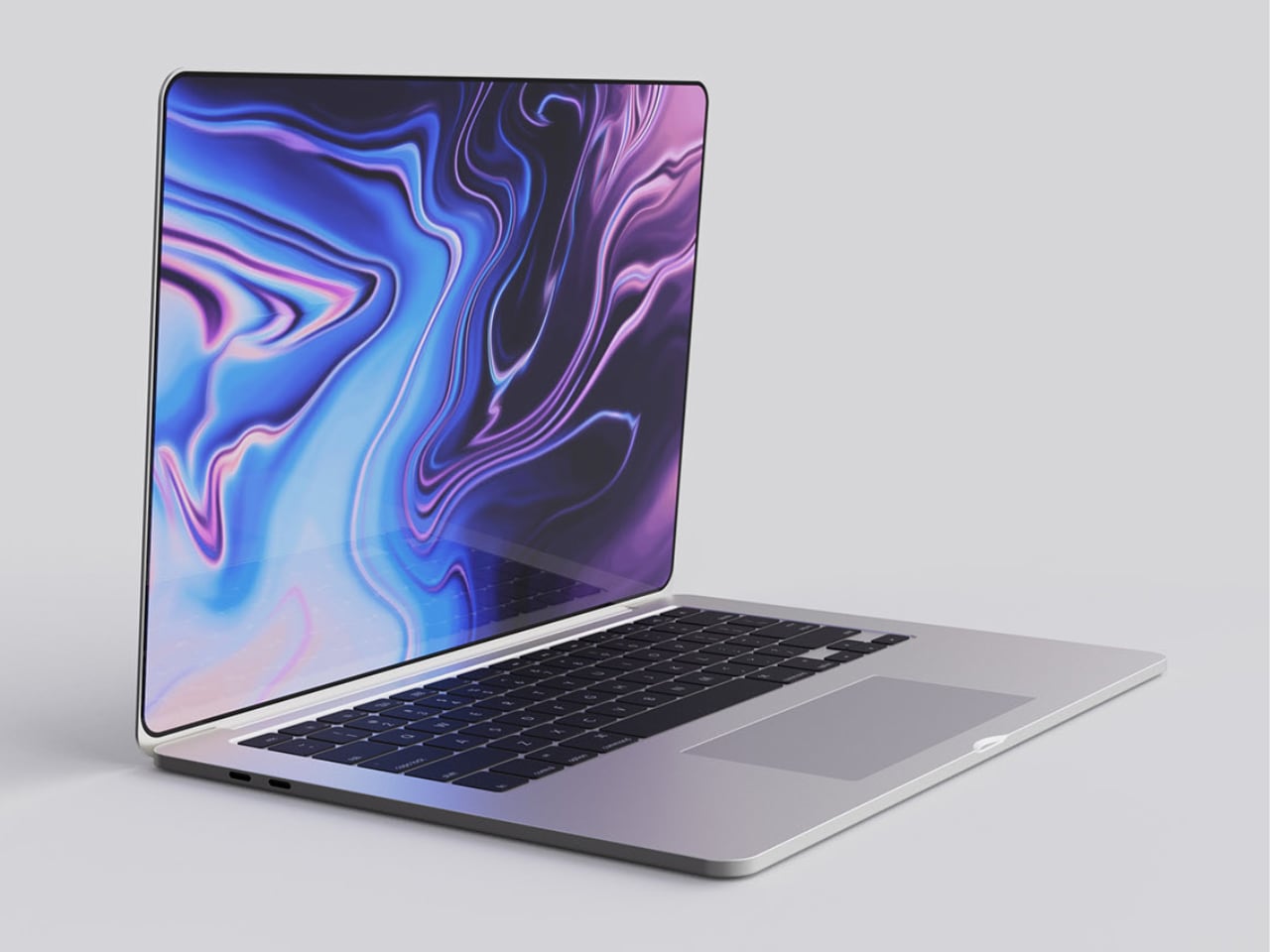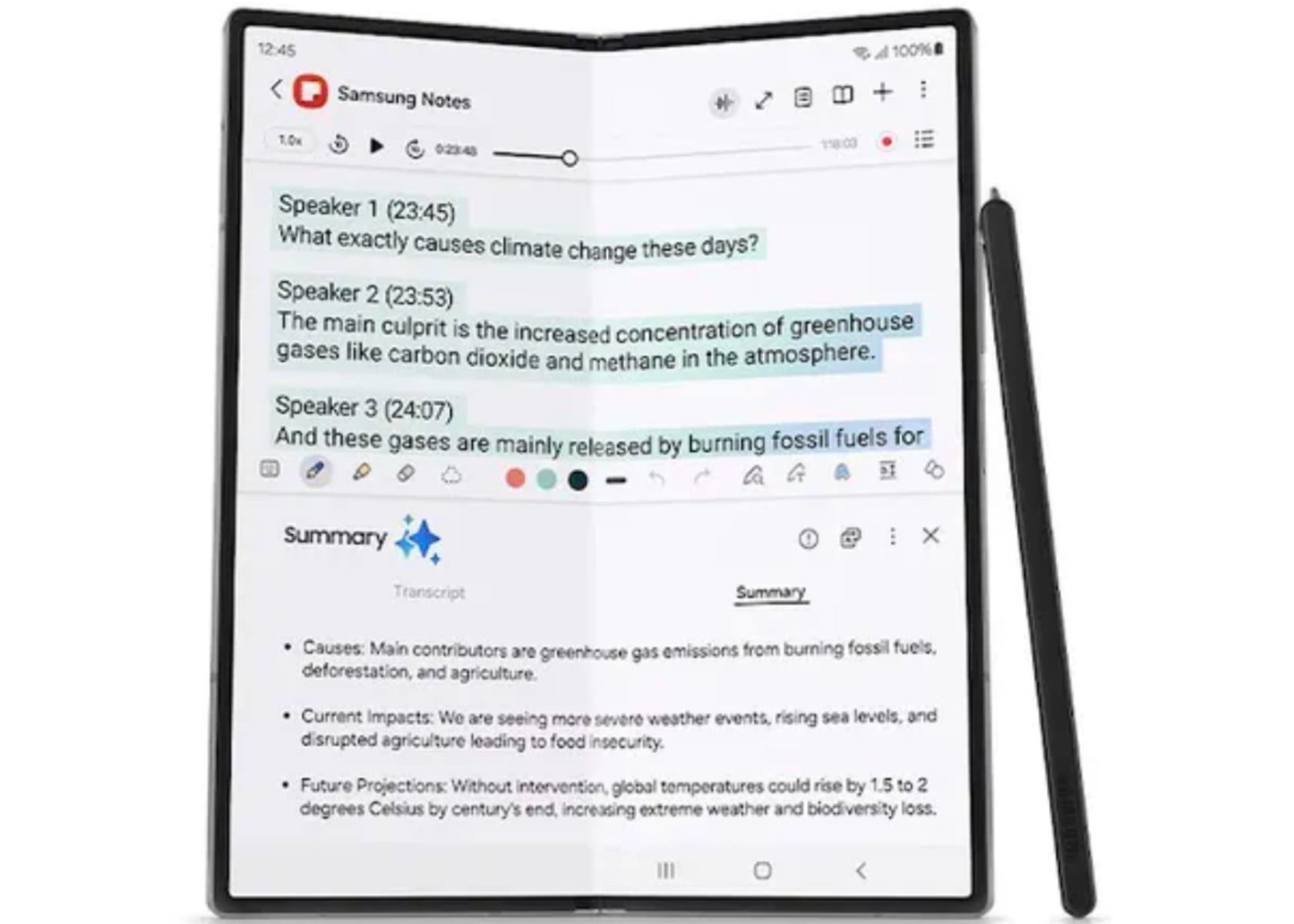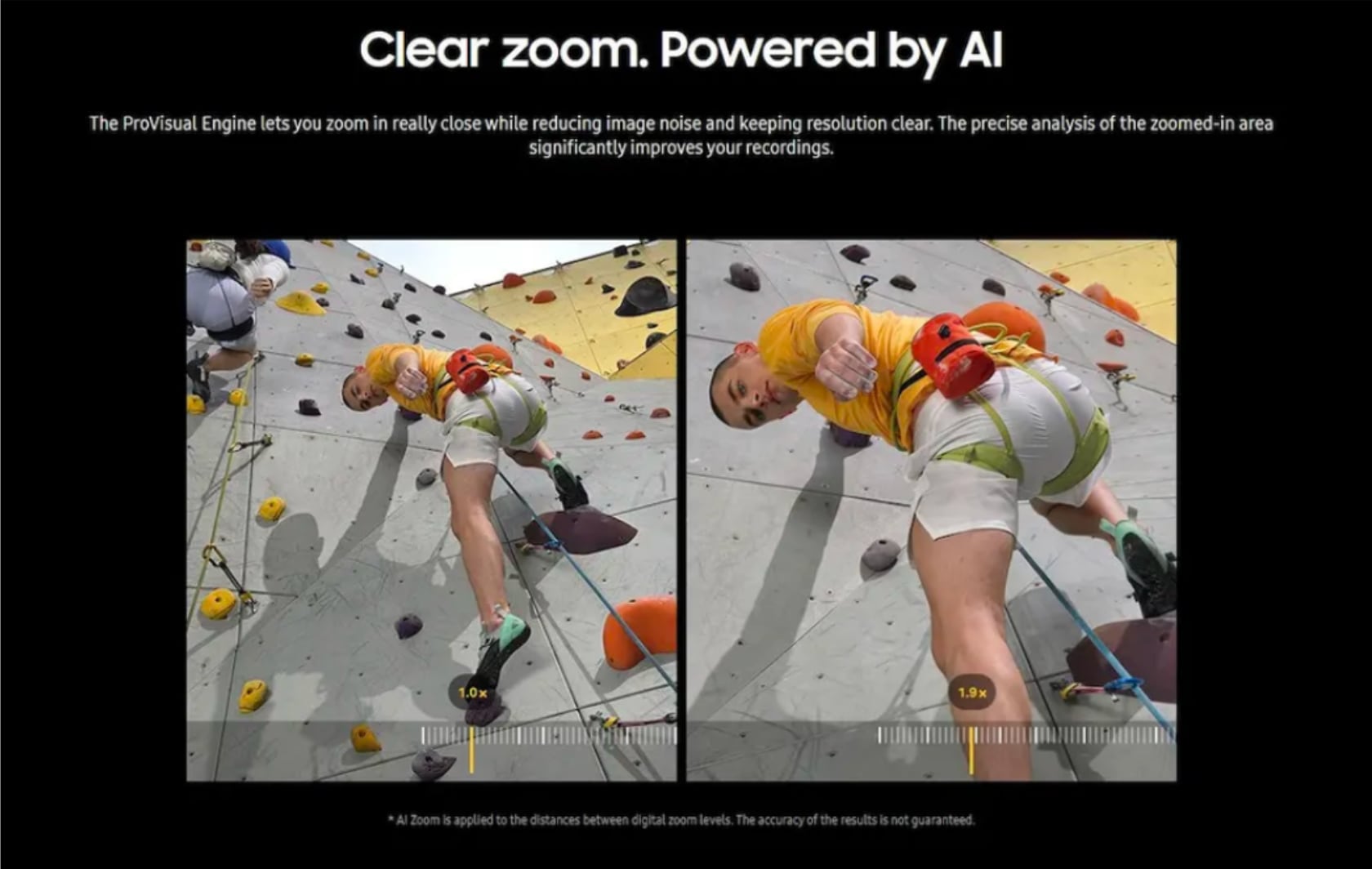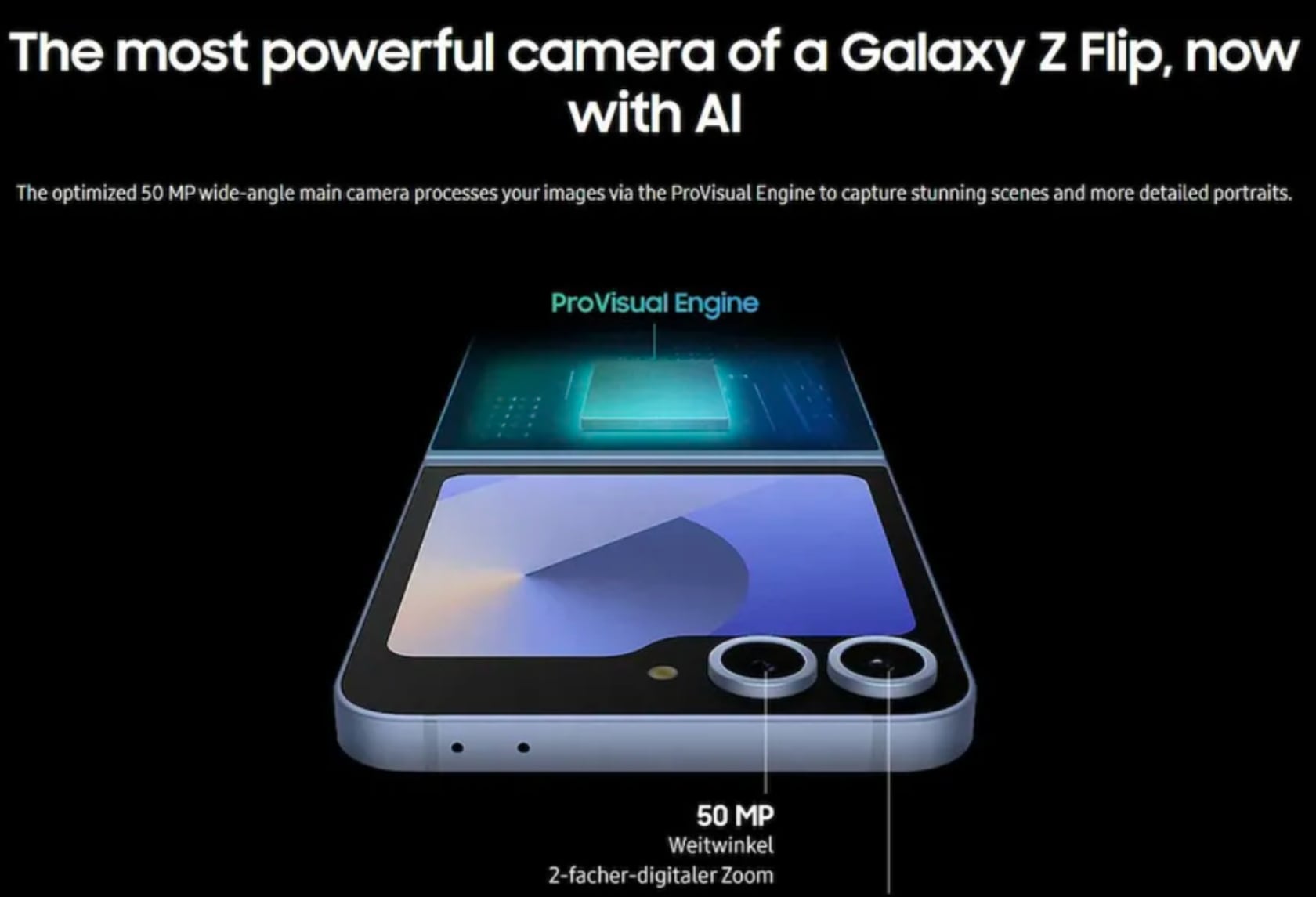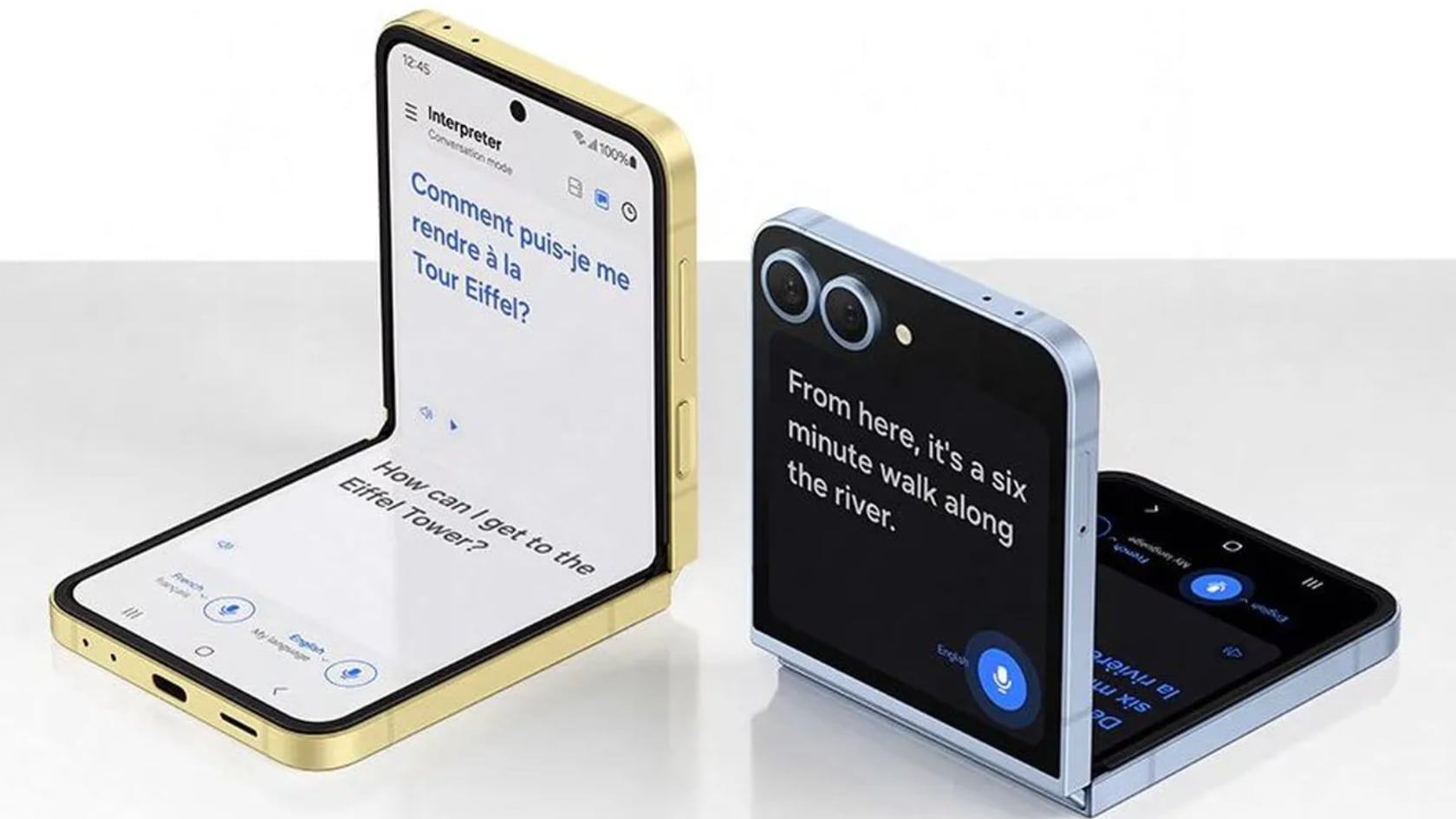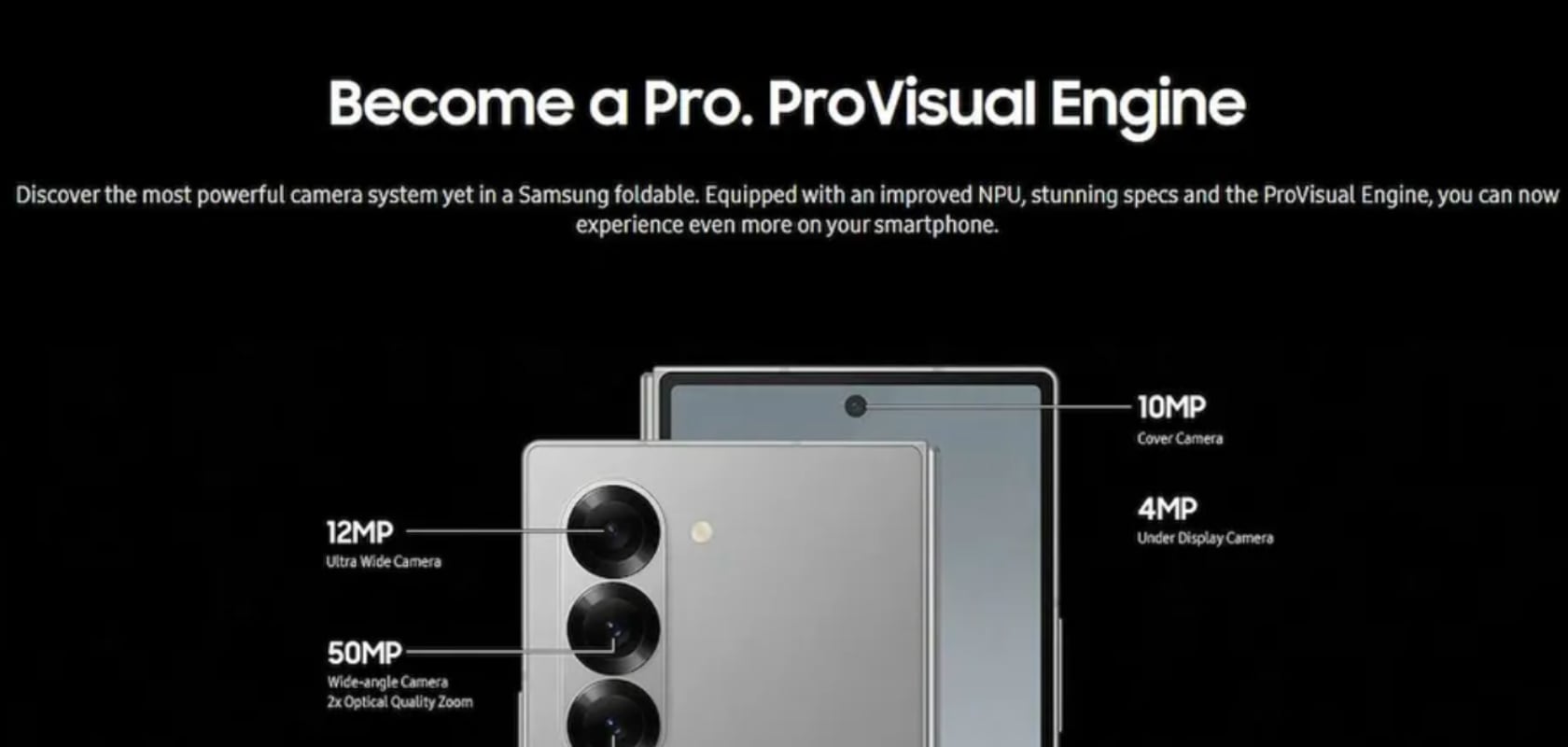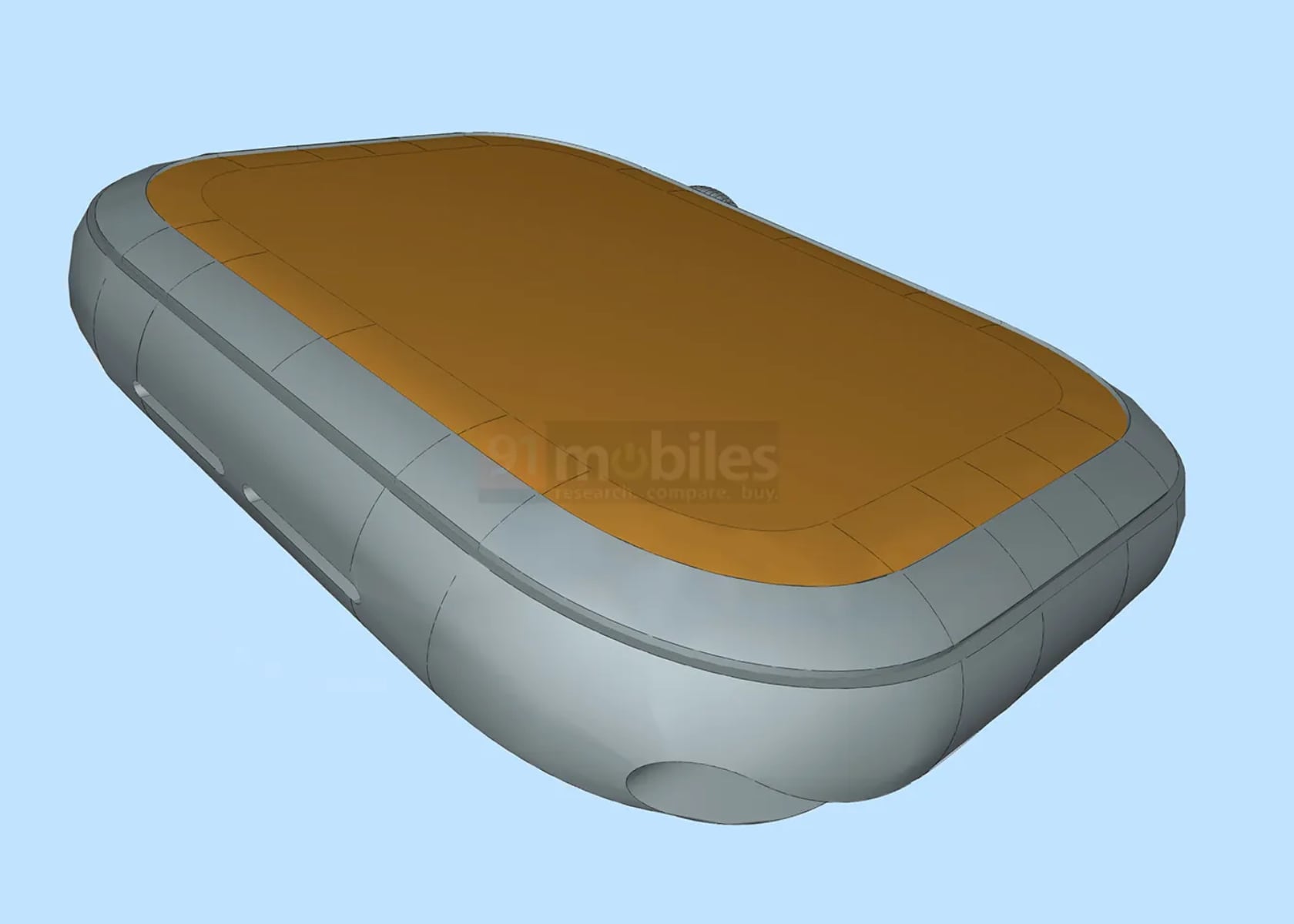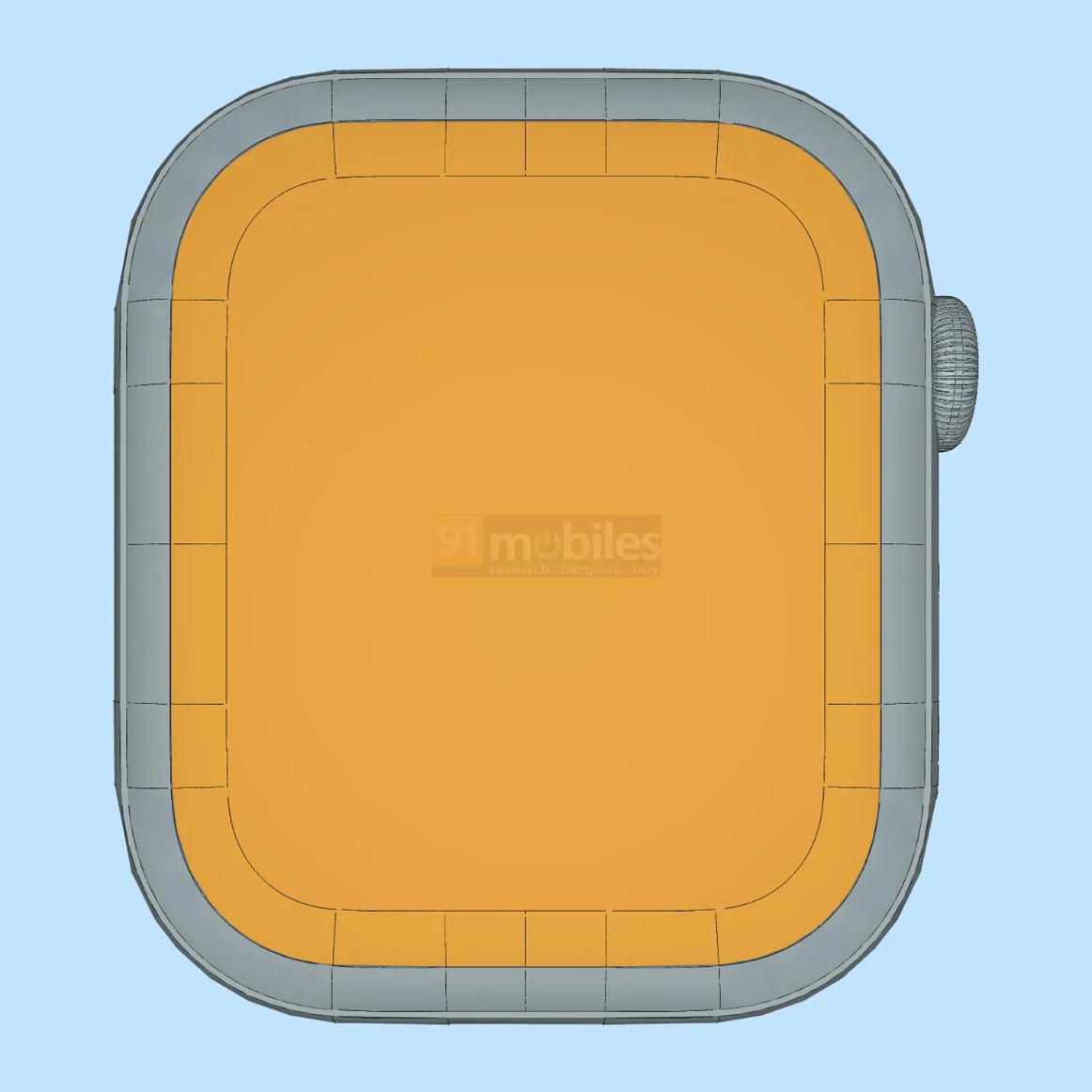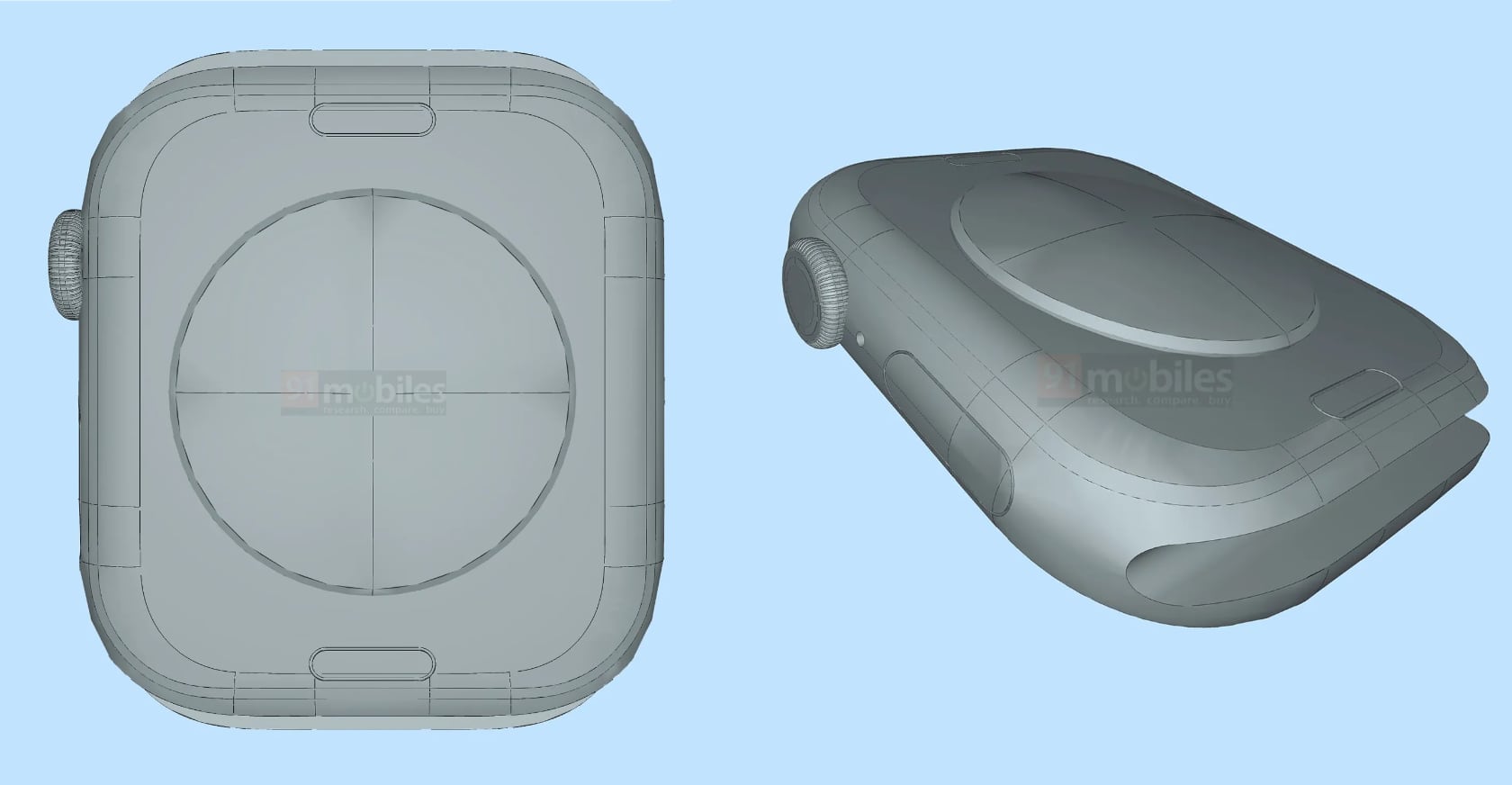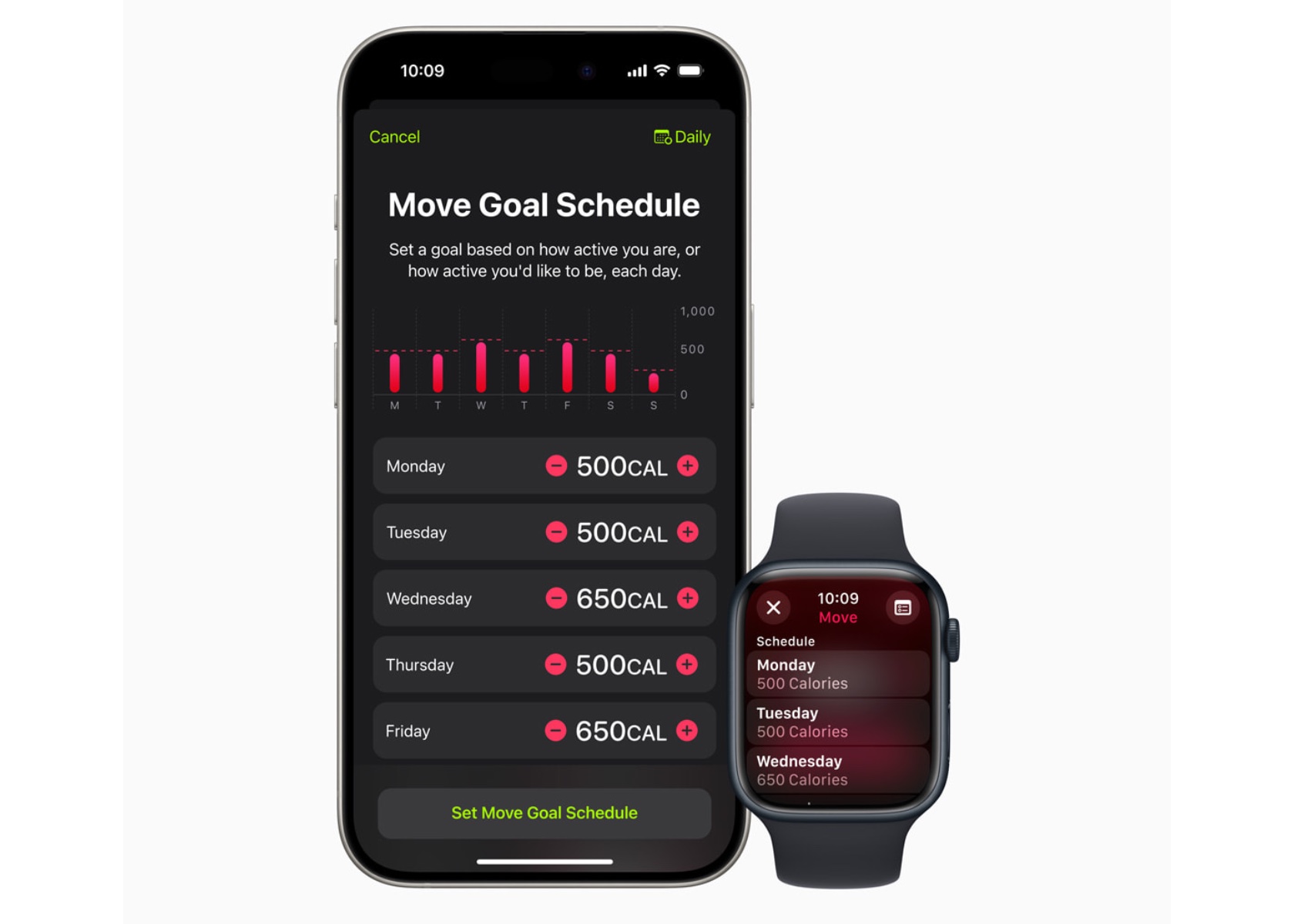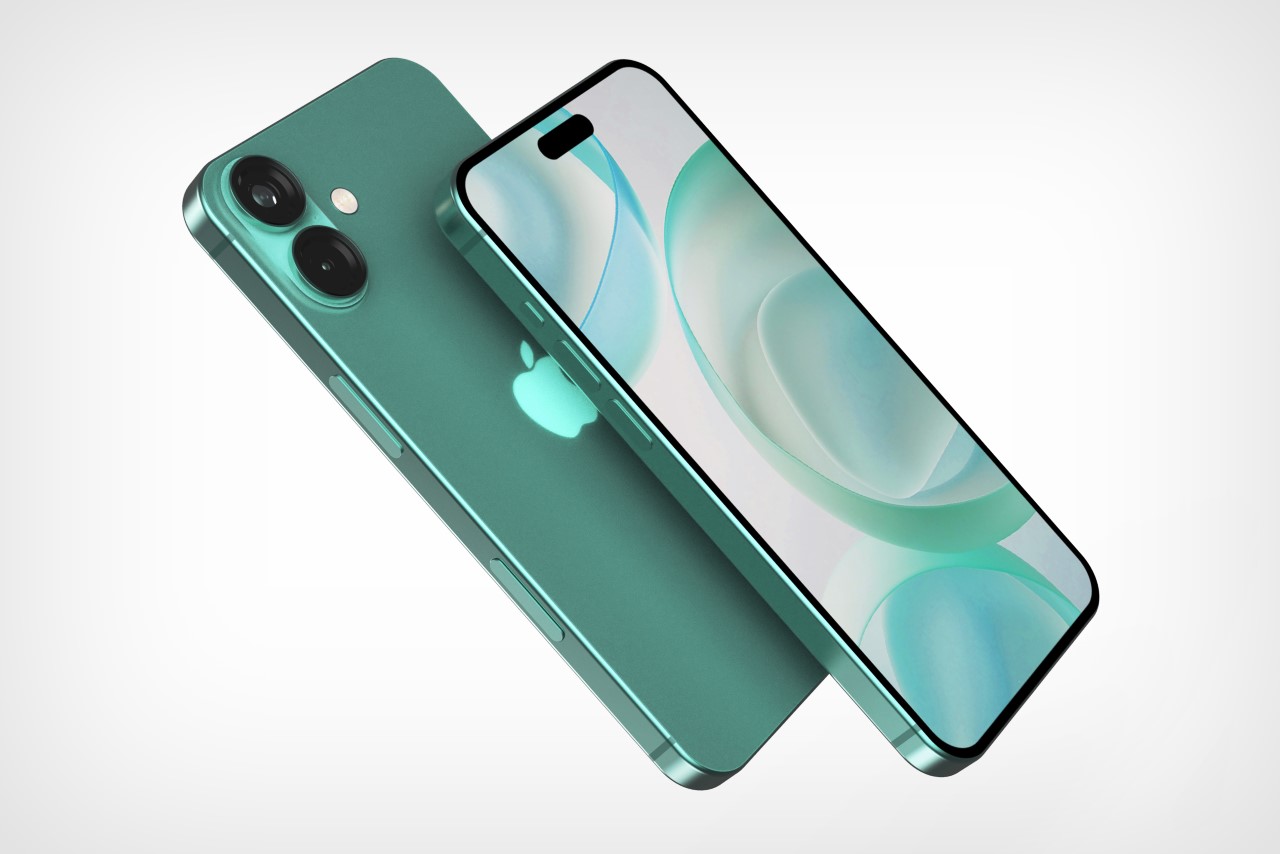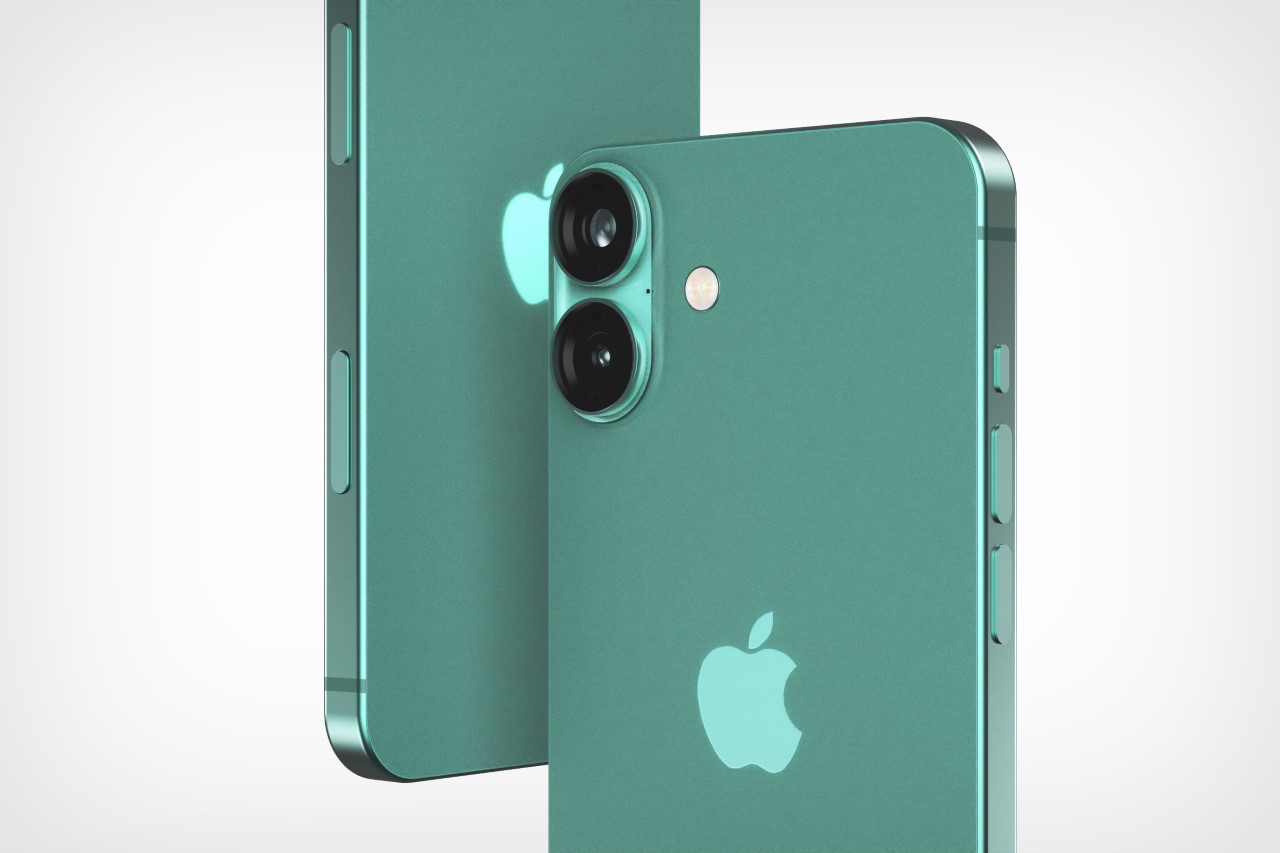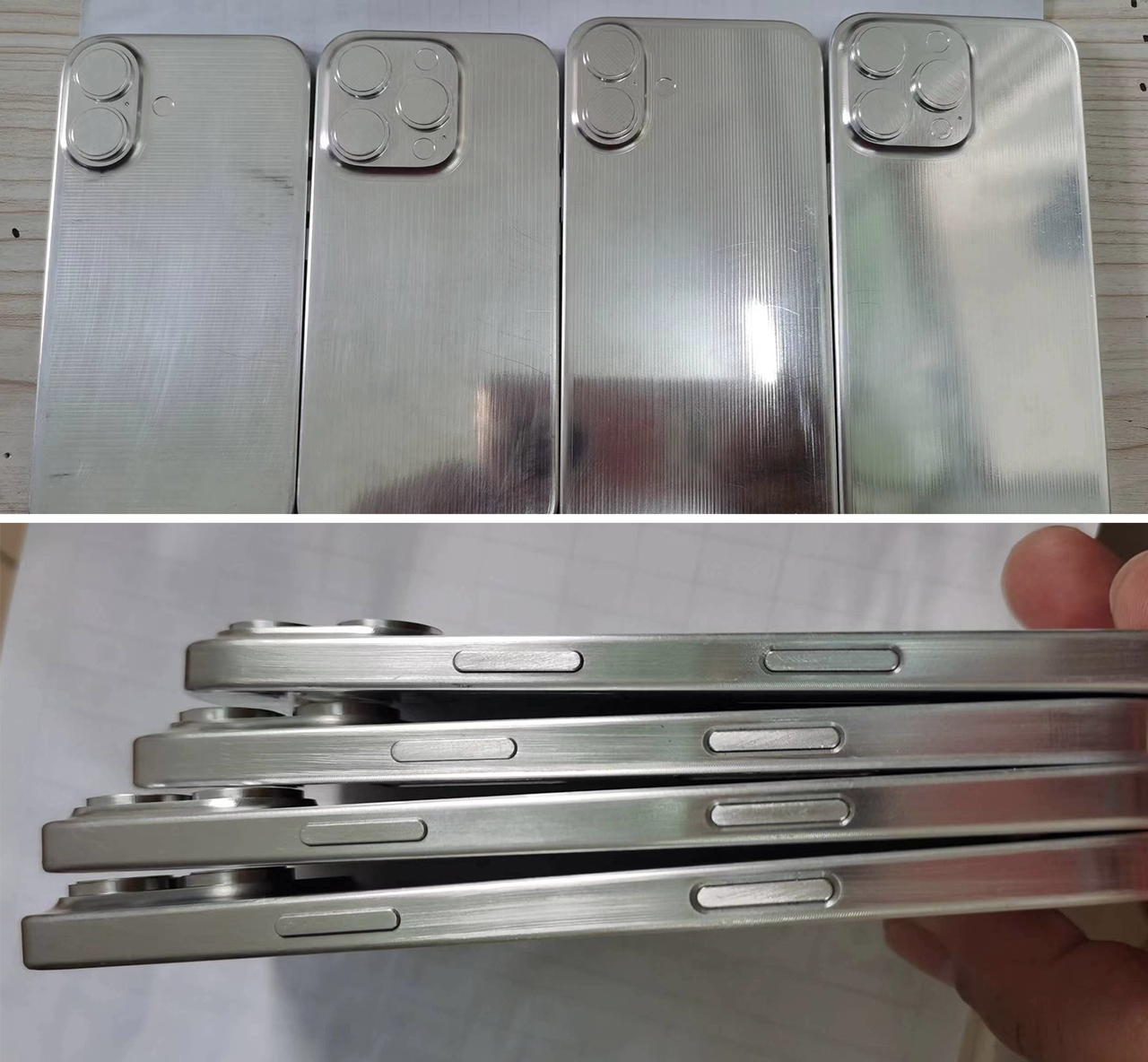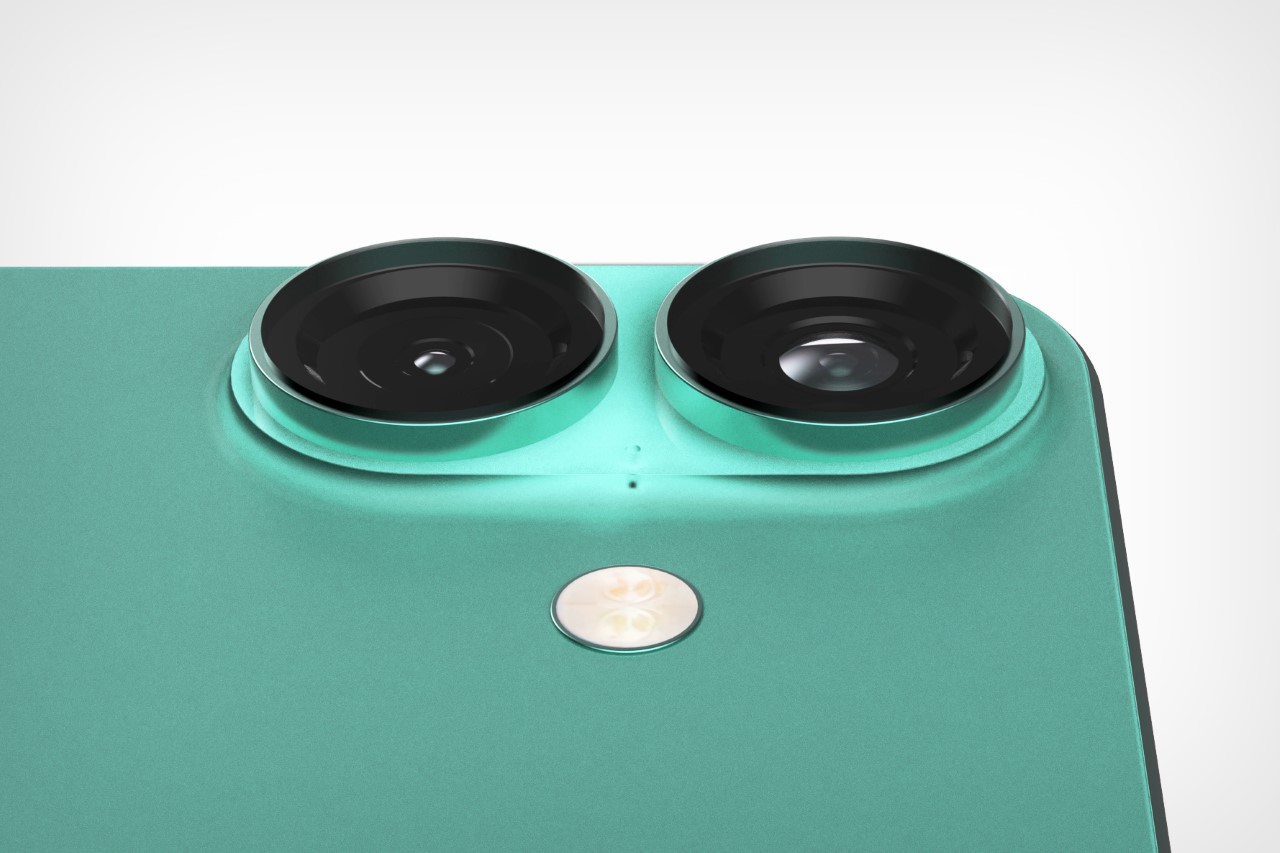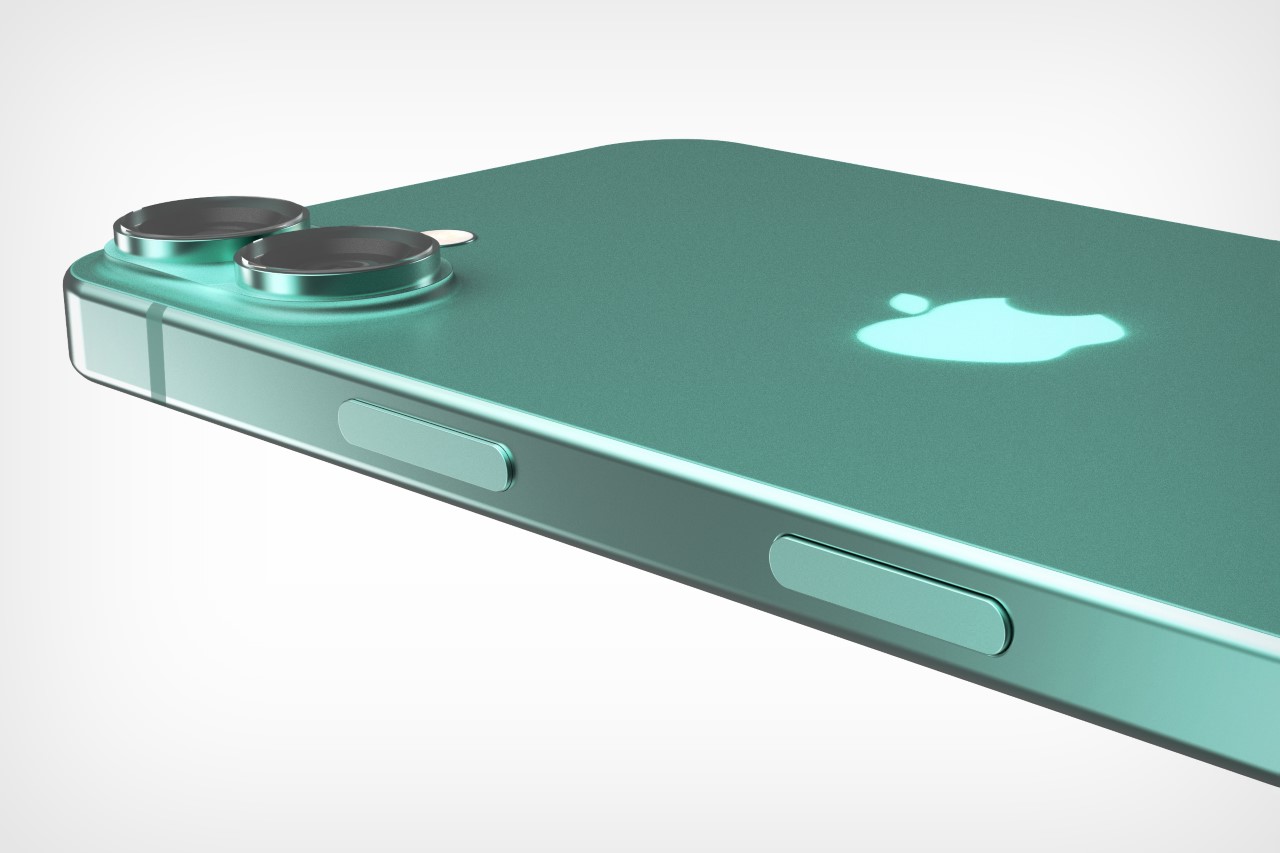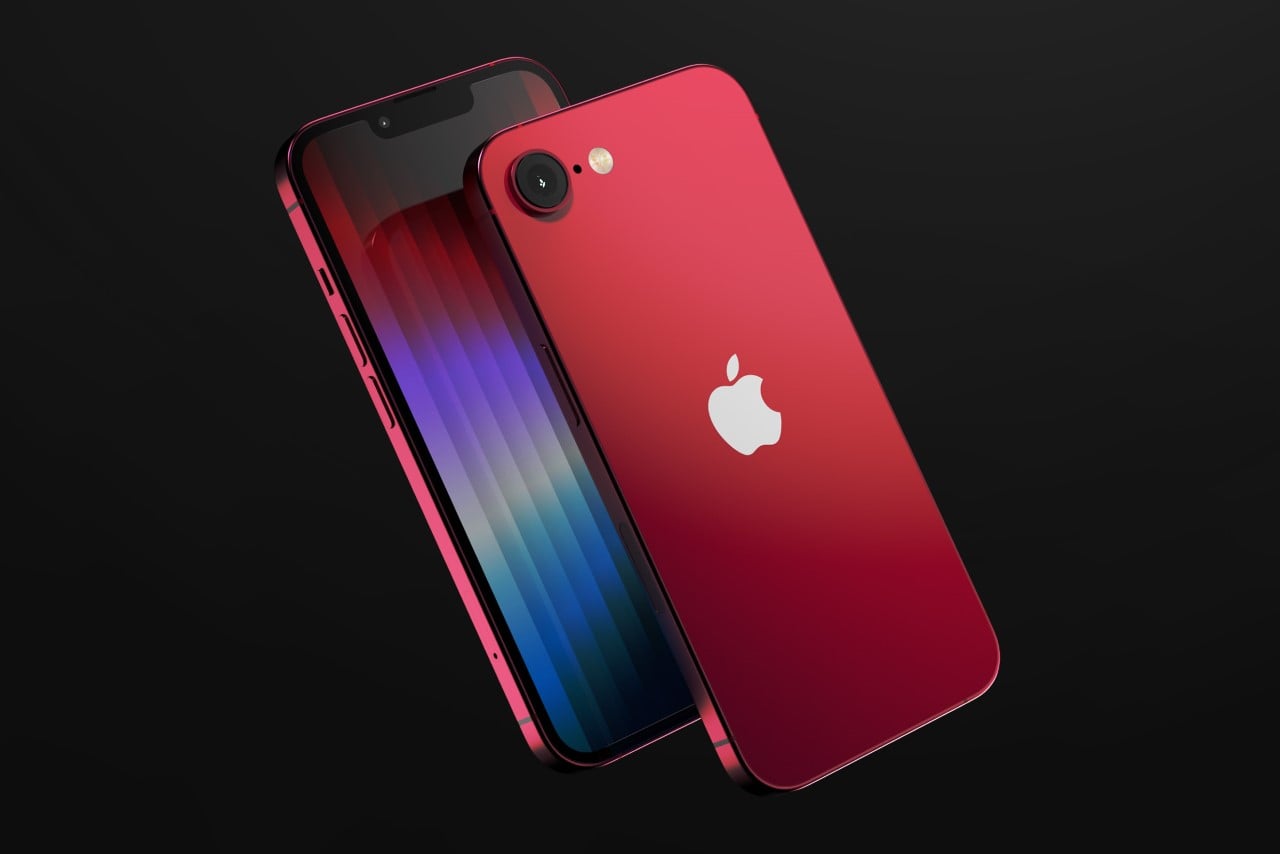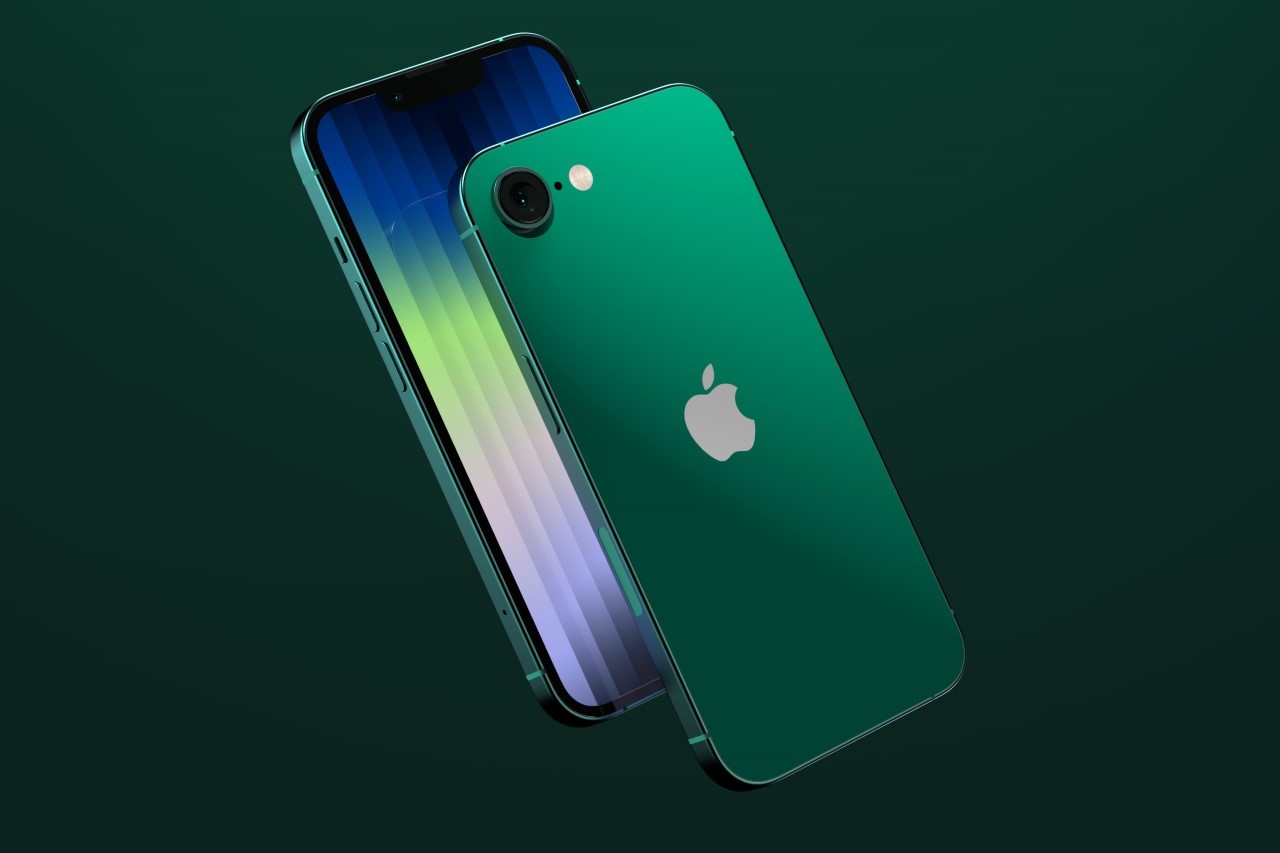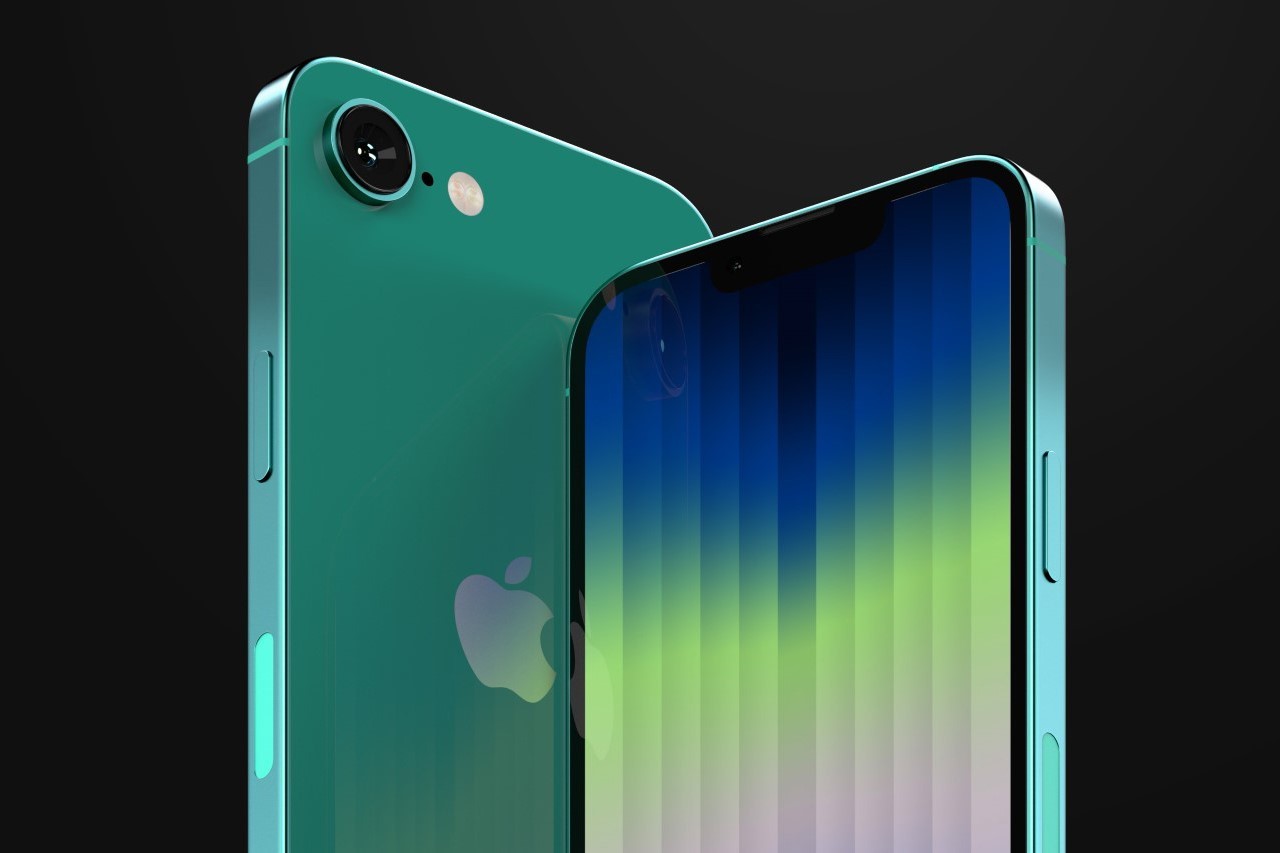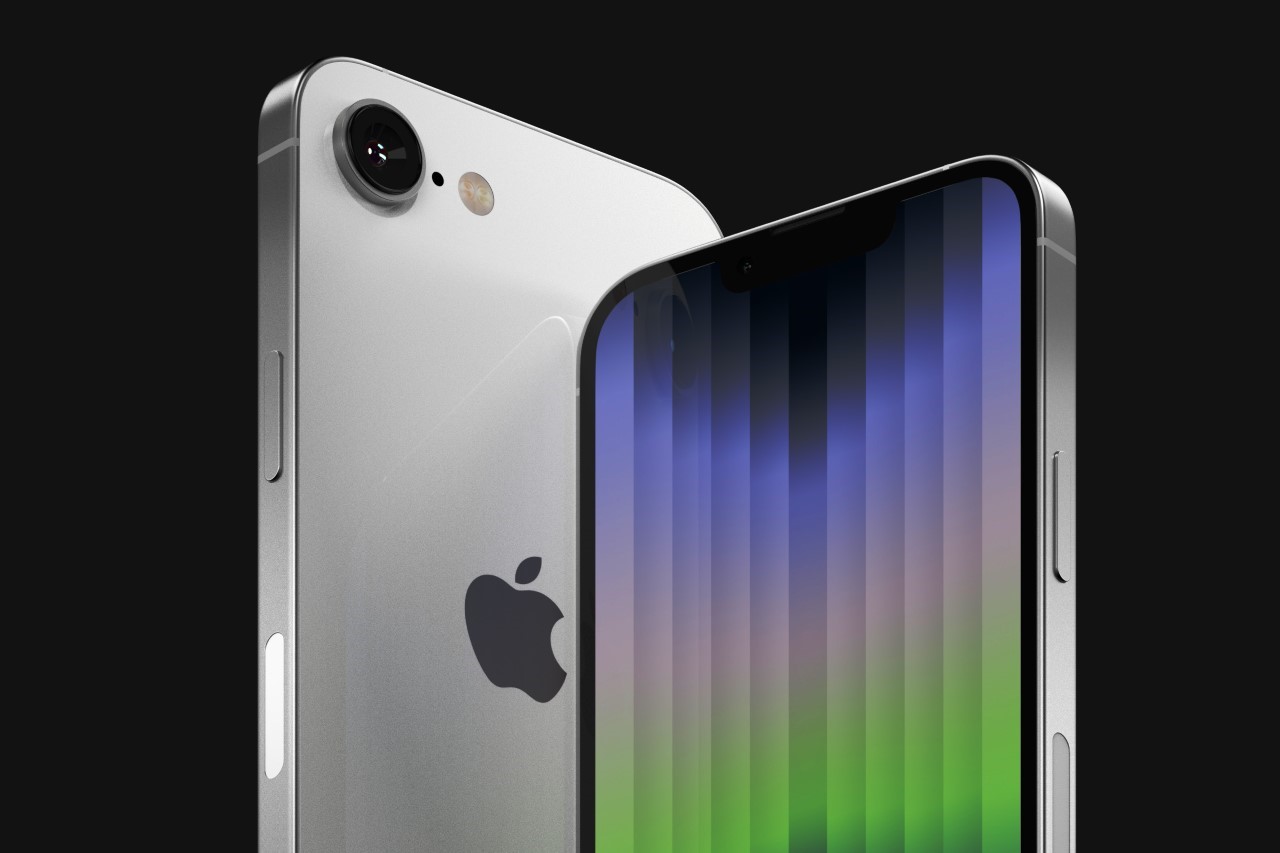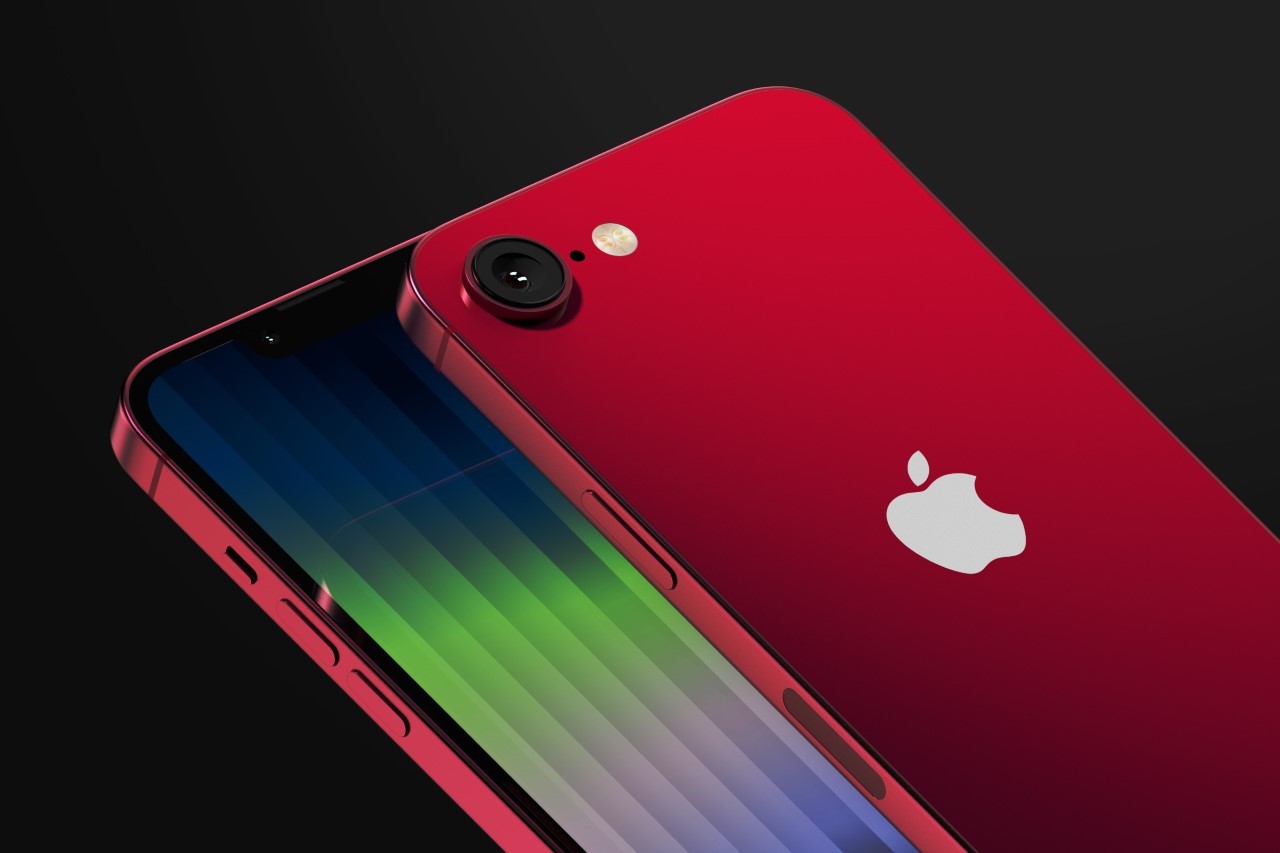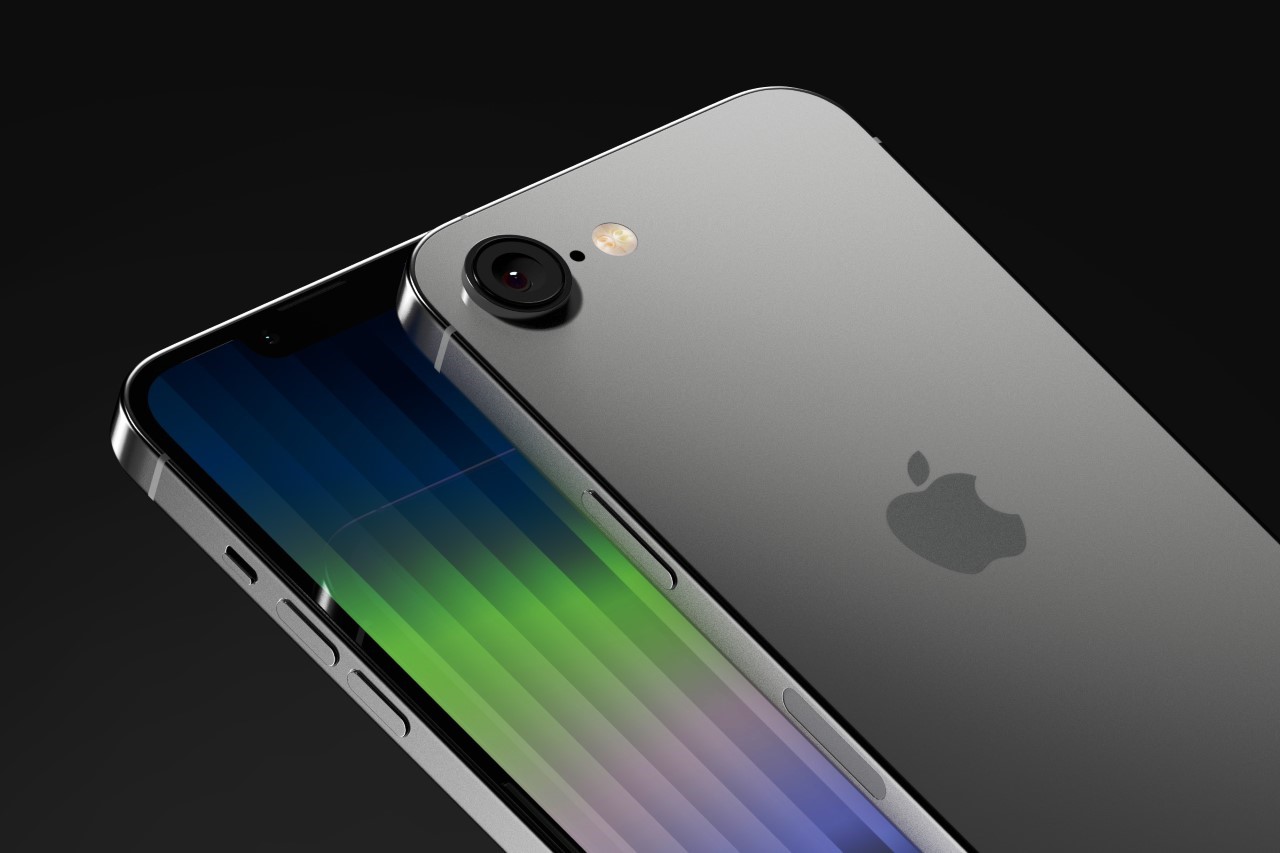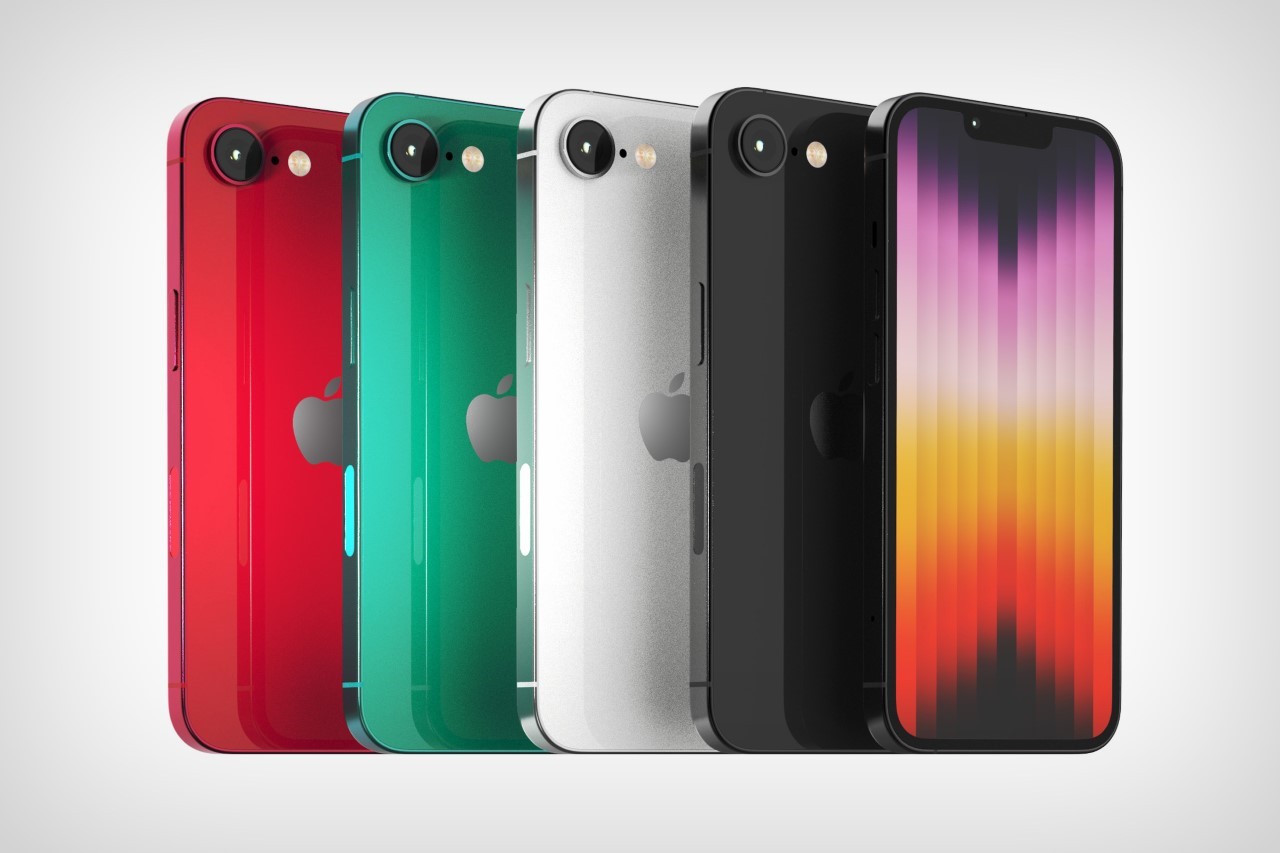
Happy Mobile Monday! Today, the tech world finds itself wrapped in yet another mystery. Over the weekend, a video surfaced showing what appeared to be an invitation to a Samsung fold event, hinting at the launch of a new Galaxy foldable device. But here’s the twist: is this invitation real, or is it an AI-generated prank designed to ignite excitement among fans eagerly awaiting the Galaxy Z Fold 6 Special Edition? Let’s break down what we know and what remains uncertain about this mysterious leak.
With its elegant design, the leaked invitation features an envelope that unfolds to reveal a sleek message reading “You’re Invited,” seemingly displayed on a foldable screen. The presentation is intimate and exclusive, evoking a formal, old-world charm contrasting with Samsung’s typical mass-market marketing style. The premium choice of typography and colors hints at something more significant than a standard product launch. Yet, the October 21, 2024, date—which happens to be today—casts serious doubt on the authenticity, given the absence of any official announcement. With AI capable of creating remarkably convincing content, how much can we trust these leaks?
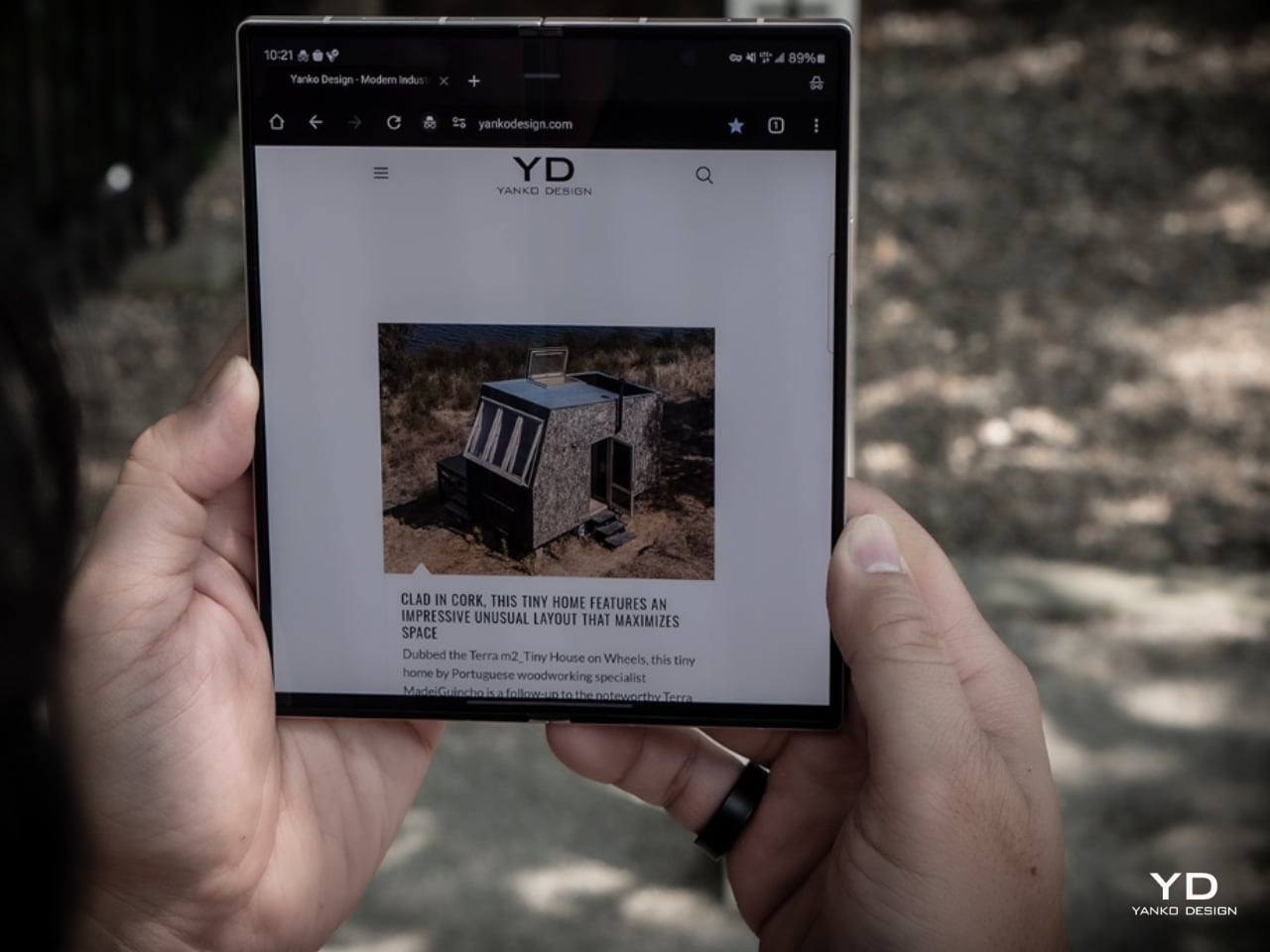
Samsung Galaxy Ring and Fold6
There is no denying that Samsung, much like Apple, follows a predictable yearly release schedule, and we know they’re planning a major event. The only question is when. Most sources suggest this event will feature either the Galaxy Z Fold 6 Slim or a Special Edition—a version that pushes the boundaries of foldable technology while focusing on style and portability. As always, rumors must be taken with a grain of salt, especially when tied to specific dates. So, is this invitation authentic, or is it just another bait using generative AI?
A Premium Touch: Breaking Down the Design Elements—Or Is It Meant to Fool Us?
Looking closely at the invitation, its elegance and minimalism offer an interesting contrast to past Samsung event invitations. The carefully staged unwrapping, paired with the luxurious appearance of the invitation, suggests this product launch is something special—almost like an intimate gallery reveal rather than a tech event. If future invitations are this extravagant, it only adds credibility to the theory that Samsung could launch a Special Edition Z Fold—designed for true enthusiasts who value exclusivity and innovation.
The “You’re Invited” message is presented with understated simplicity as if giving a sly nod to those who think they’re in on an exclusive secret—though, let’s be honest, some of those people are probably laughing away in their parent’s basement, thinking they’re masterminds. It could be an invitation intended for a select few—those who still believe pigs are pink and can fly—hinting at a limited release or an exclusive event. Given the rumored scarcity of the Special Edition Z Fold6, this seems plausible. Eventually, the truth will come out, and maybe we’ll all have a good laugh. But for now, the question stands: Is this elegance the work of Samsung’s designers, or is AI simply tricking us into craving exclusivity?
What We Know About the Galaxy Z Fold6 Special Edition
Rumors and speculation about this device suggest significant changes compared to the standard Galaxy Z Fold 6. First and foremost, these changes focus heavily on the physical hardware—particularly the slimness of the device. The Special Edition is expected to be just 10.6mm thick when folded, making it slimmer and likely lighter than its predecessor, which is 12.1mm thick. The reduction in thickness aims to make the foldable more practical and less cumbersome, suited for everyday use. This appears to be Samsung’s response to users who want portability without giving up the spacious screens foldable offer.
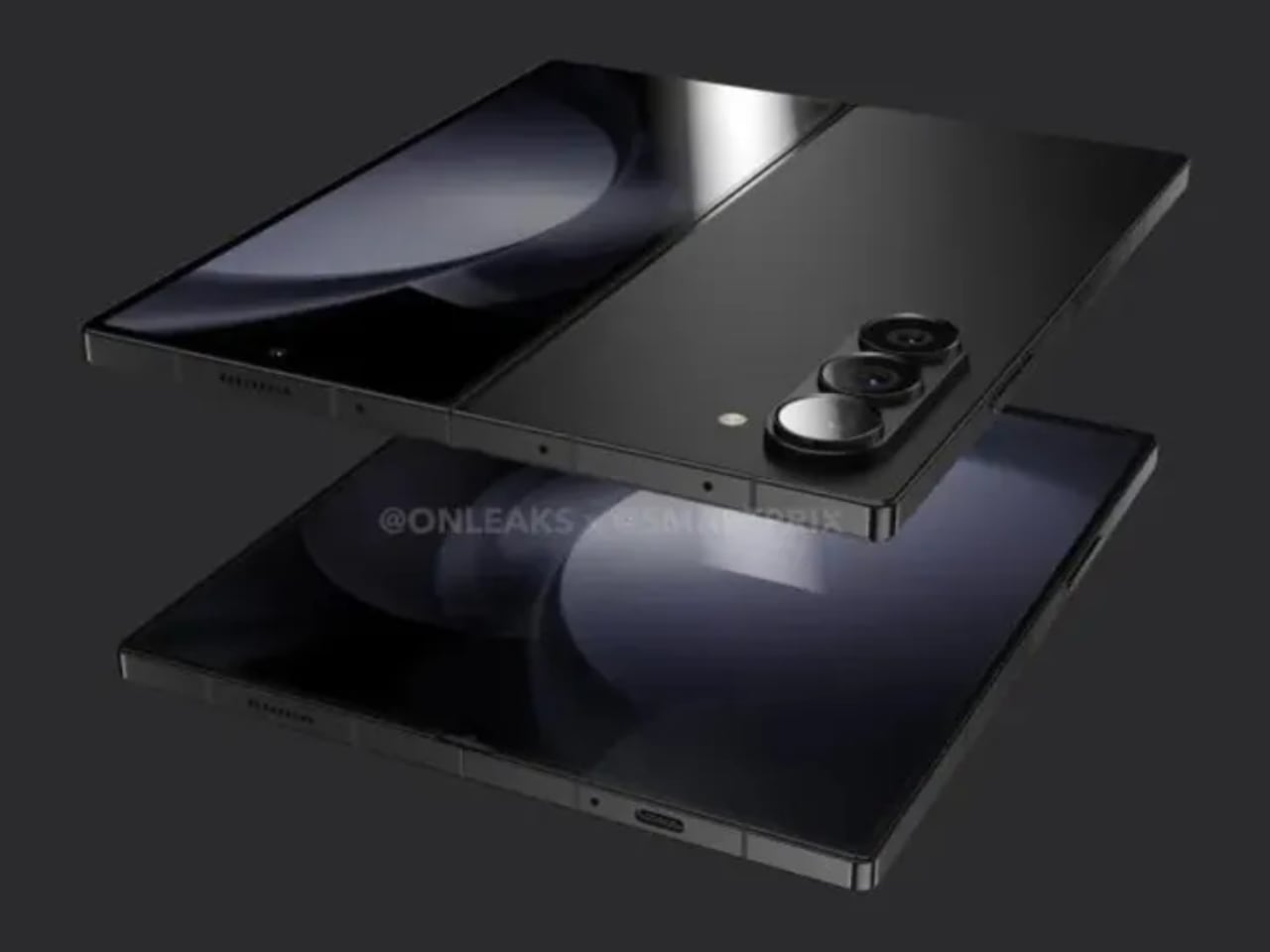
Image: Onleaks / Smartprix
Speaking of screens, the Galaxy Z Fold 6 Special Edition is rumored to feature an even larger foldable display, increasing it to 8 inches compared to the regular Fold 6’s 7.6-inch panel. The cover screen will also grow, reaching 6.5 inches versus the previous 6.3 inches. This larger footprint suggests Samsung is targeting those who see their Z Fold as a productivity powerhouse—more screen space means fewer compromises when multitasking, viewing documents, or streaming content.
Adding to the design allure are rumors of a boxy structure with a brushed metal finish, giving the Special Edition an industrial yet refined look. The separate, protruding camera module hints at Samsung embracing a bolder design. The decision to let the camera stand out suggests that the photography experience is being taken up a notch. In fact, the under-display camera—a feature that received mixed reviews in earlier models—is rumored to get an upgrade to 5MP from the standard version’s 4MP.
Real or AI Prank—Does It Matter?
Whether the leaked invitation is real or just AI-generated hype, one thing is clear—it has caught the attention of the tech community. It fits into a narrative that Samsung could be heading towards more exclusive launches, releasing devices that are reserved for a select few rather than for the masses. However, today is October 21, and without an official announcement in sight, the doubts about this invitation are growing. The uncertainty has created a mixture of buzz, disappointments, and even grief, keeping tech enthusiasts guessing and questioning what’s true.
At the end of the day, whether the invitation is real or fake doesn’t change the fact that we are anticipating an ambitious, more refined foldable. One that is slimmer, offers larger displays, and showcases a unique design aimed at making a statement. If Samsung delivers what this invitation suggests, the Galaxy Z Fold 6 Special Edition could easily be one of the most memorable foldables they’ve produced—a device less about mass-market appeal and more about exclusivity, just as the invitation implies.
The post Did We Get Duped by This Leaked Galaxy Z Fold6 Invitation? first appeared on Yanko Design.
